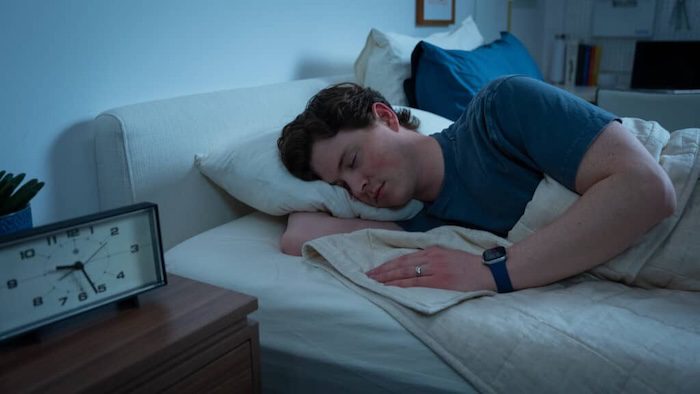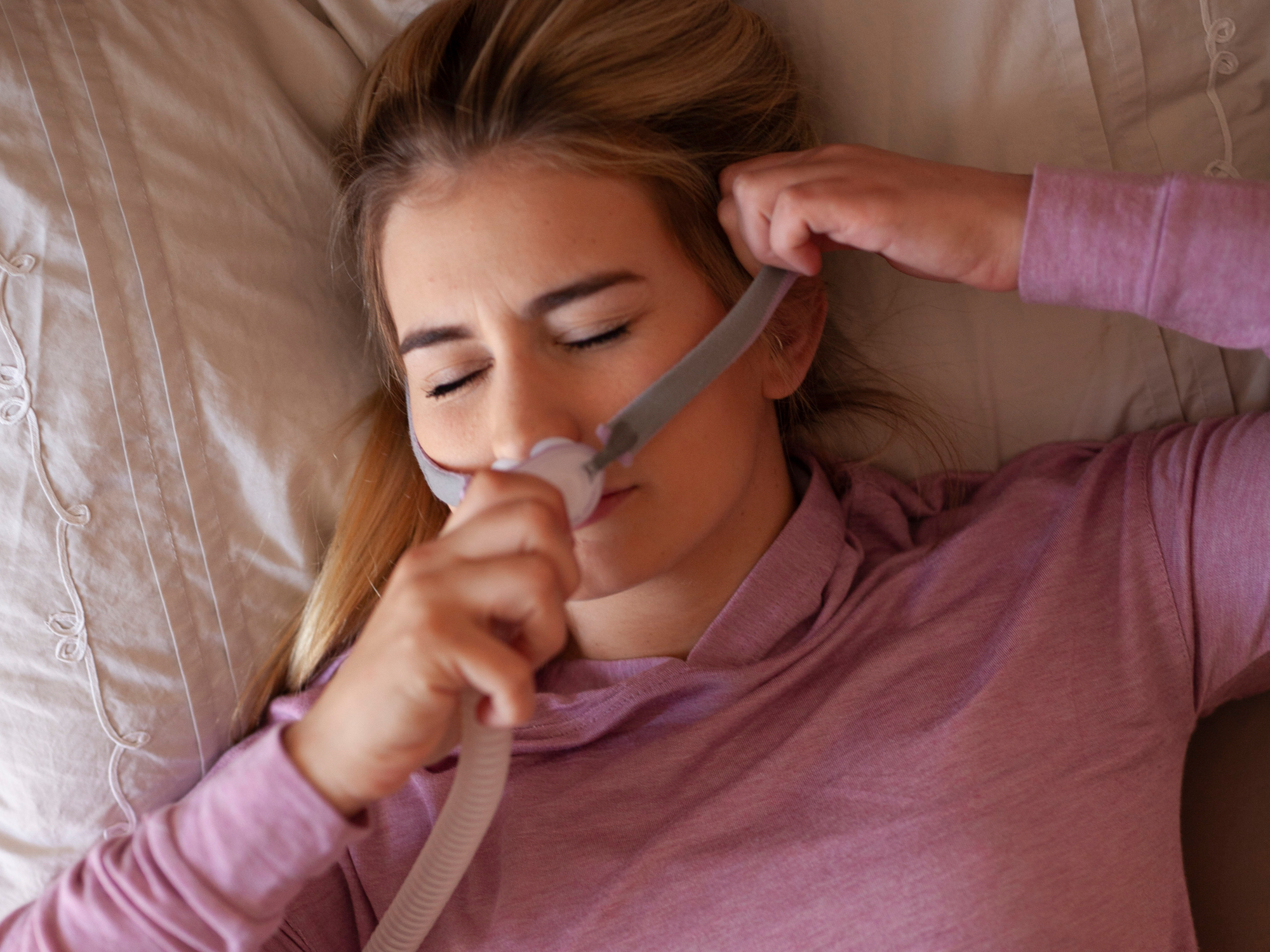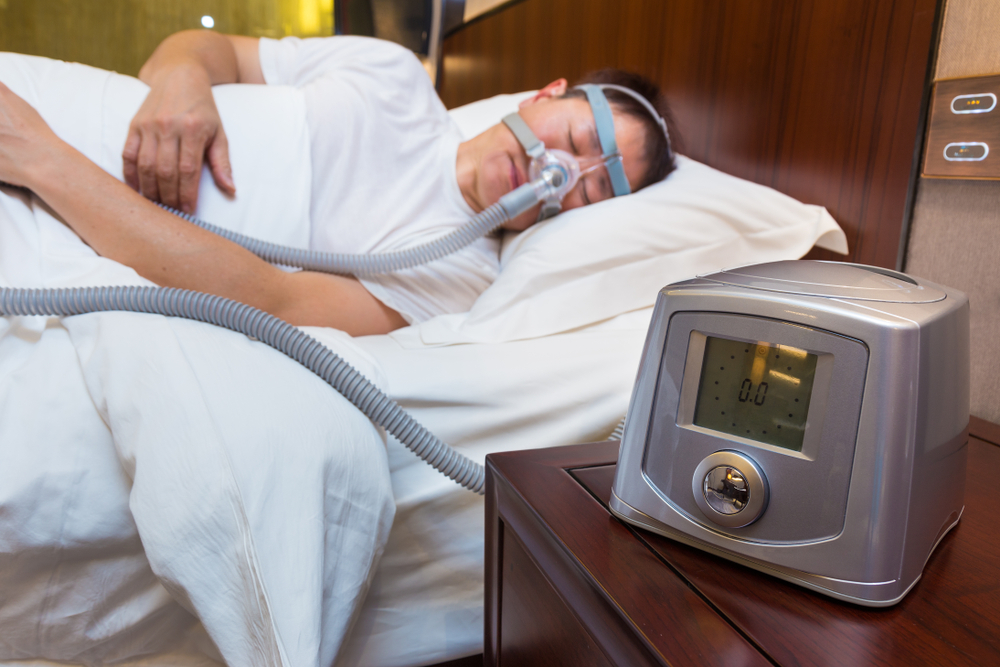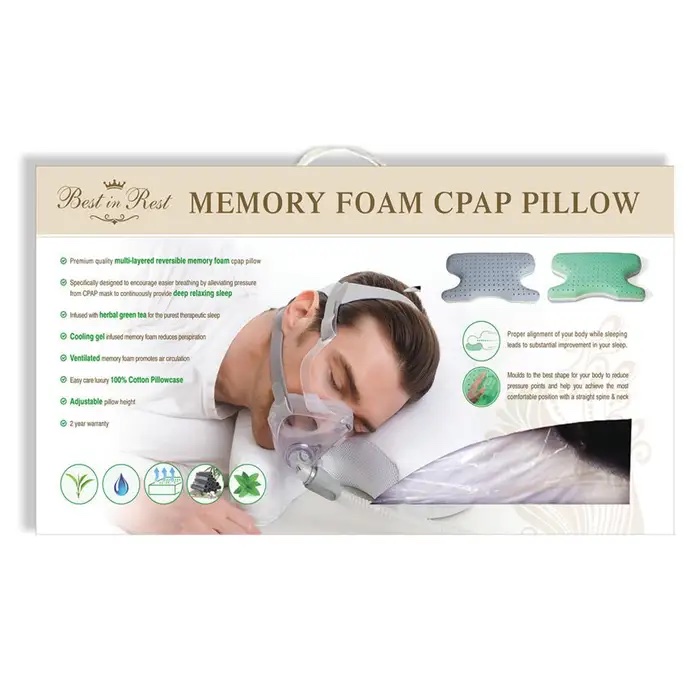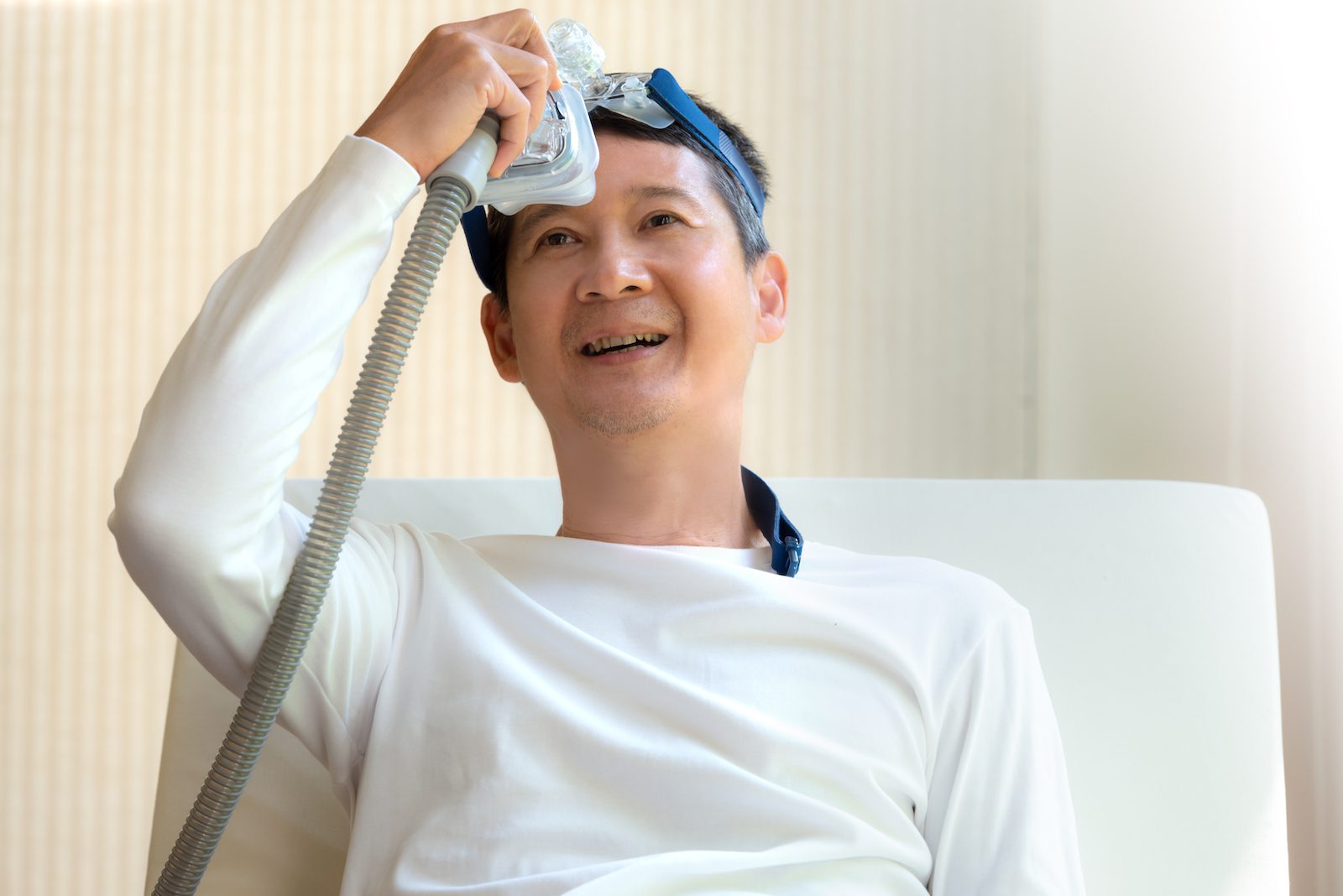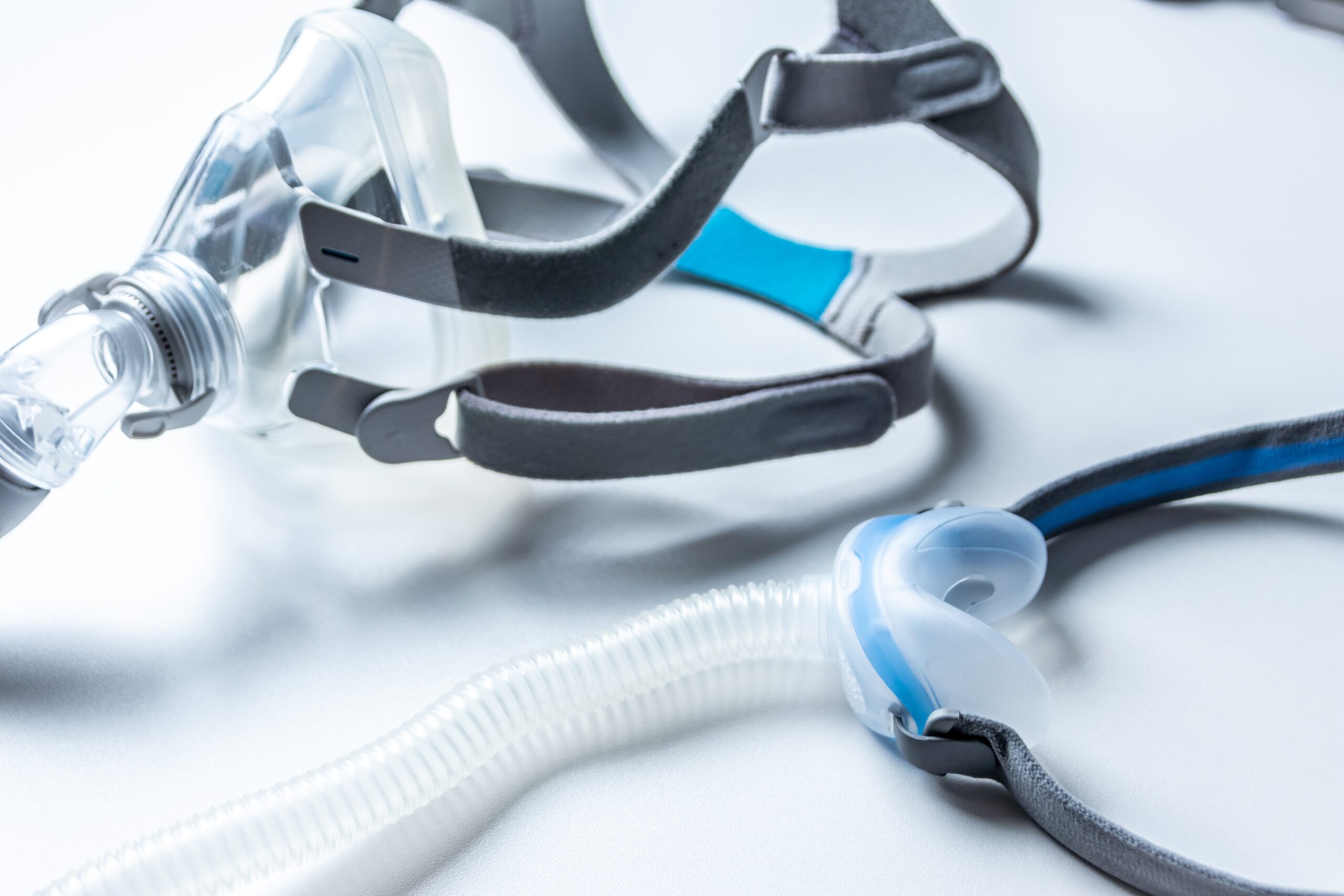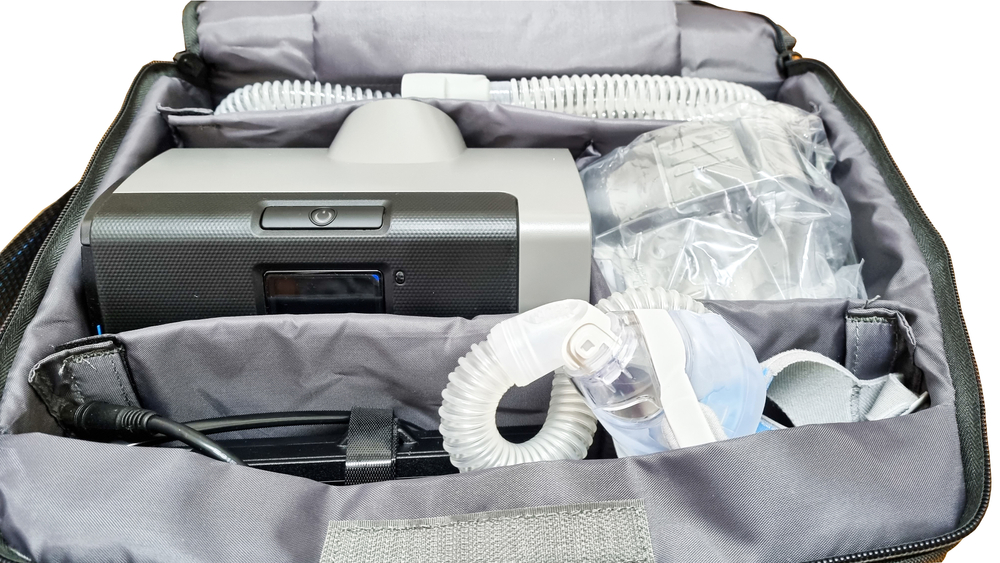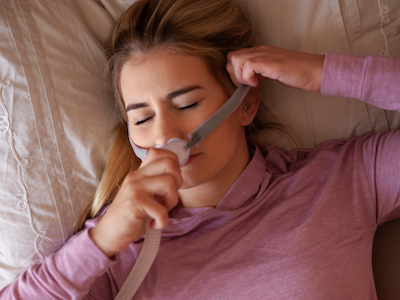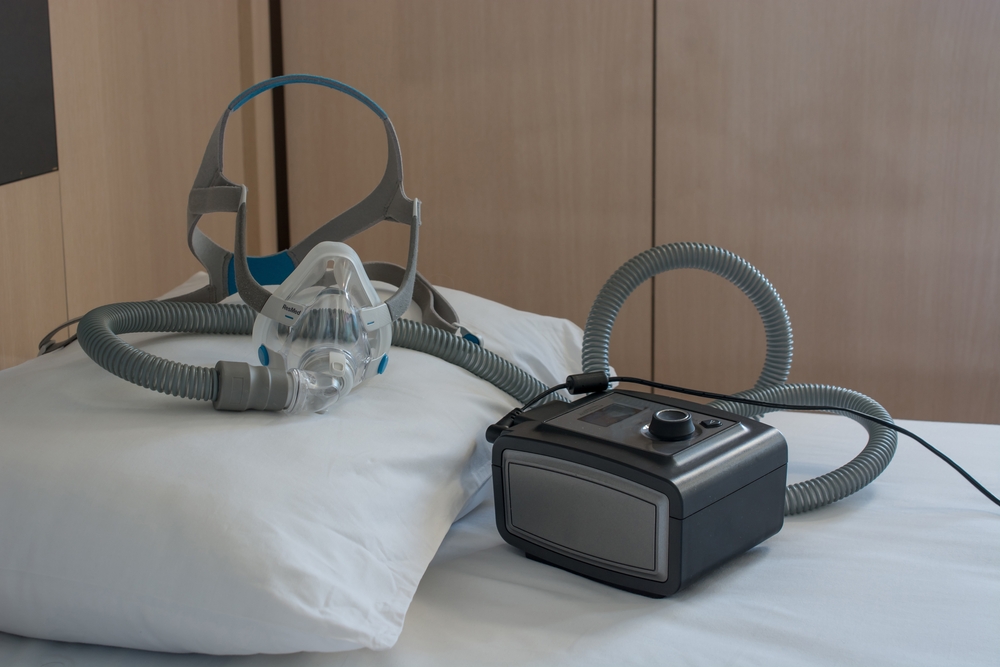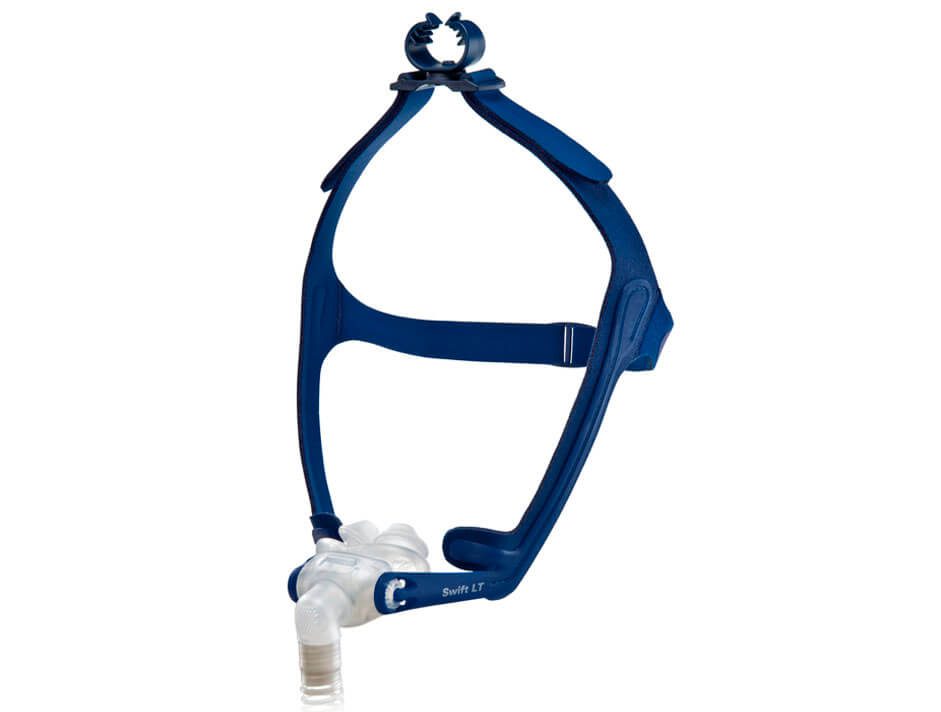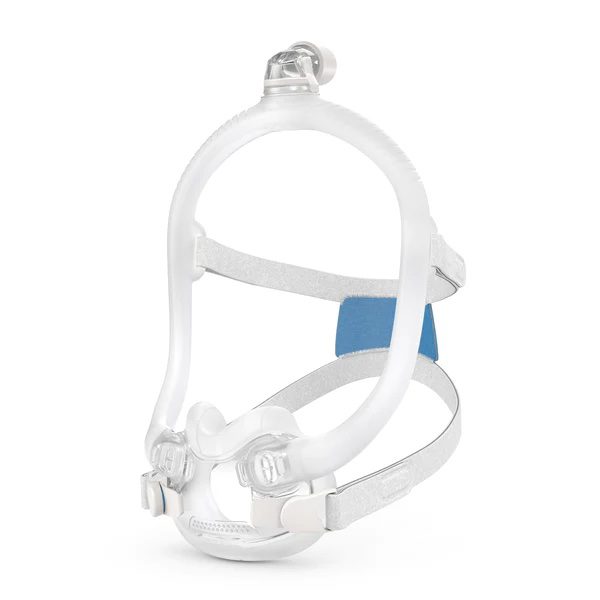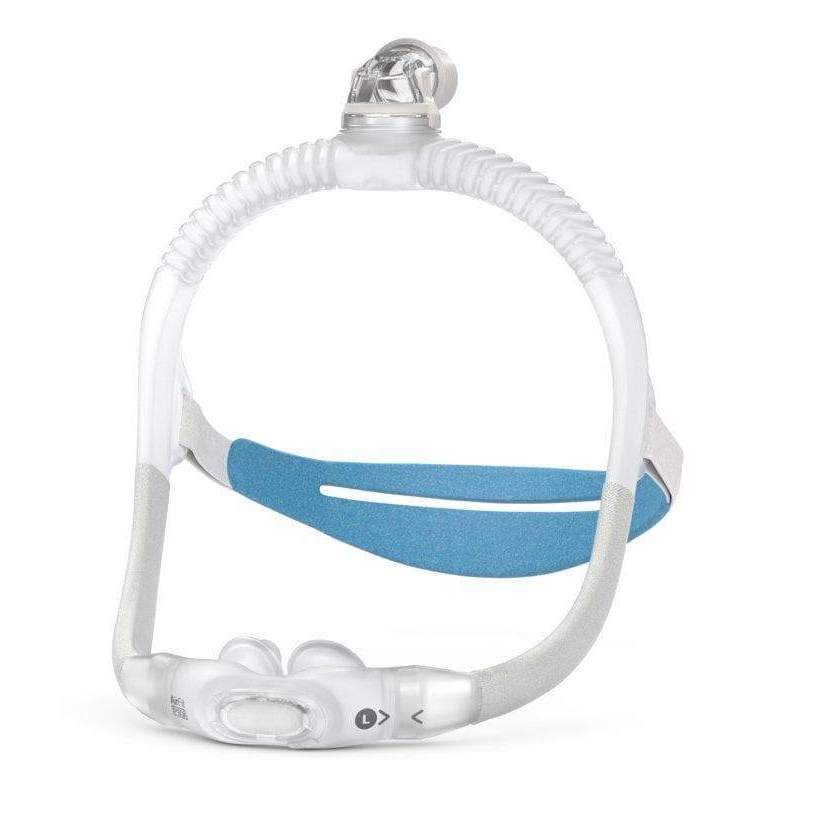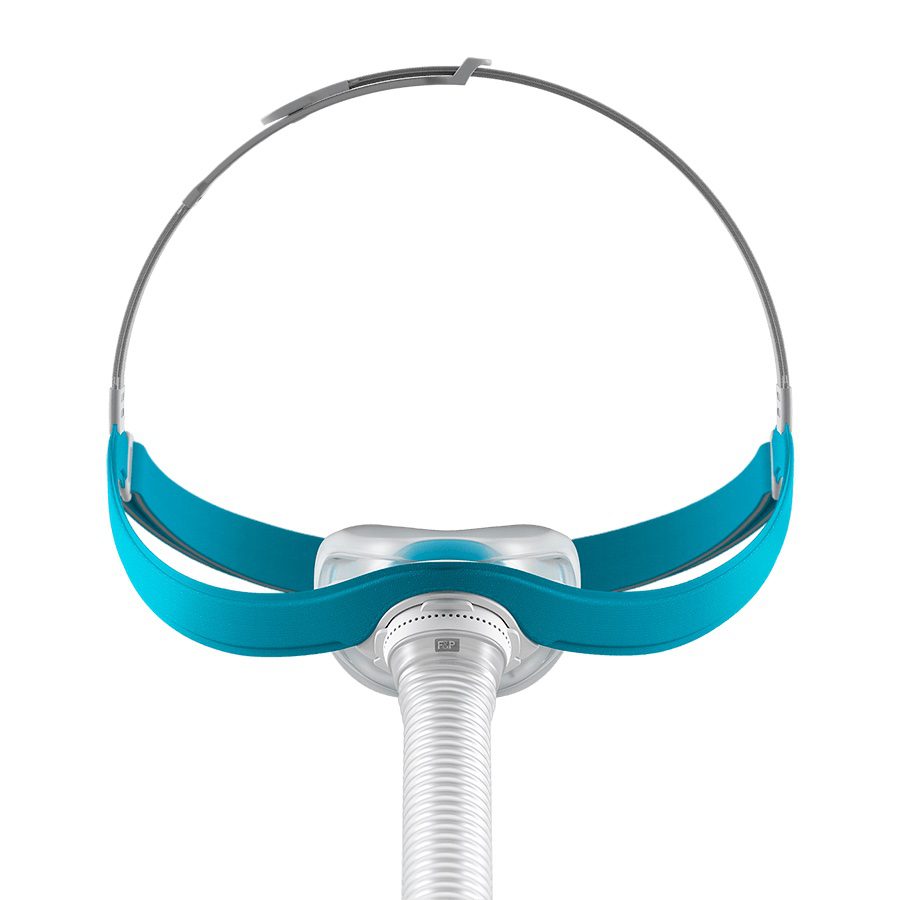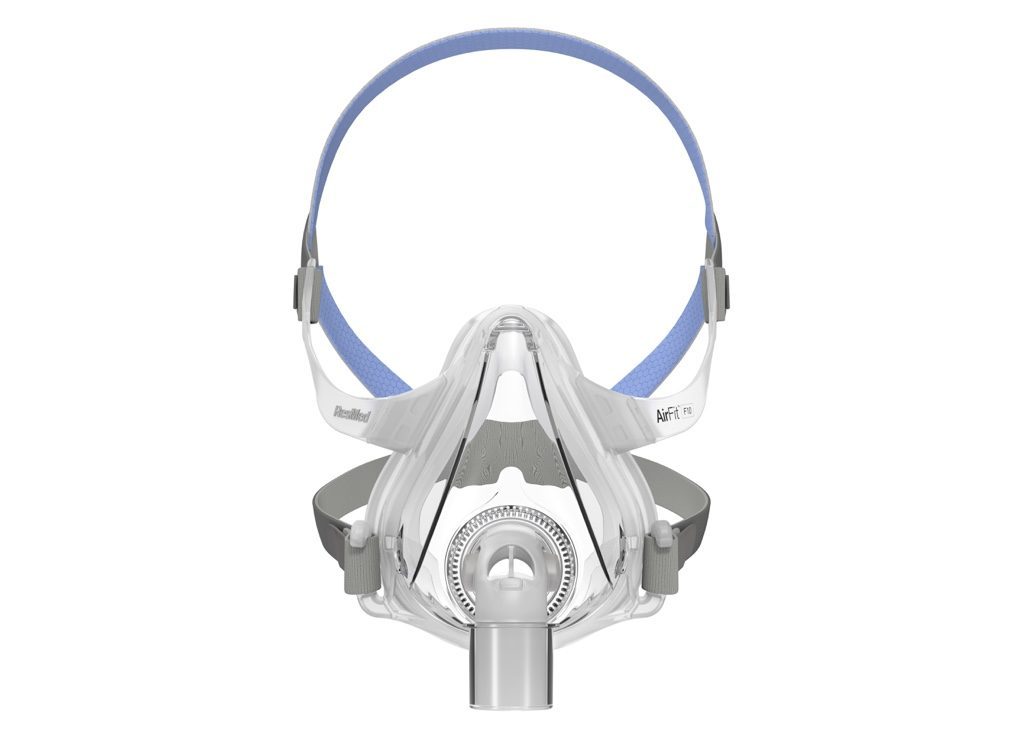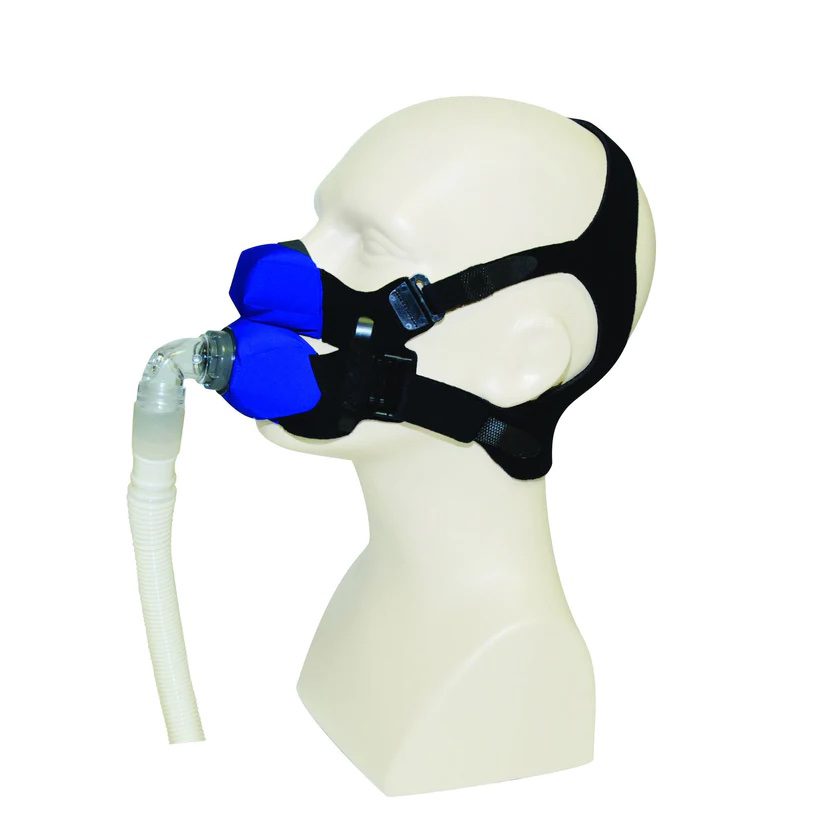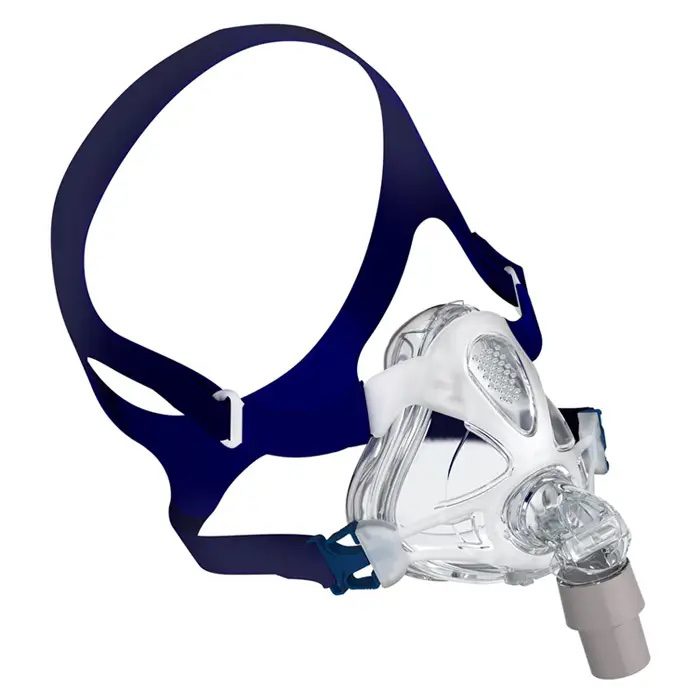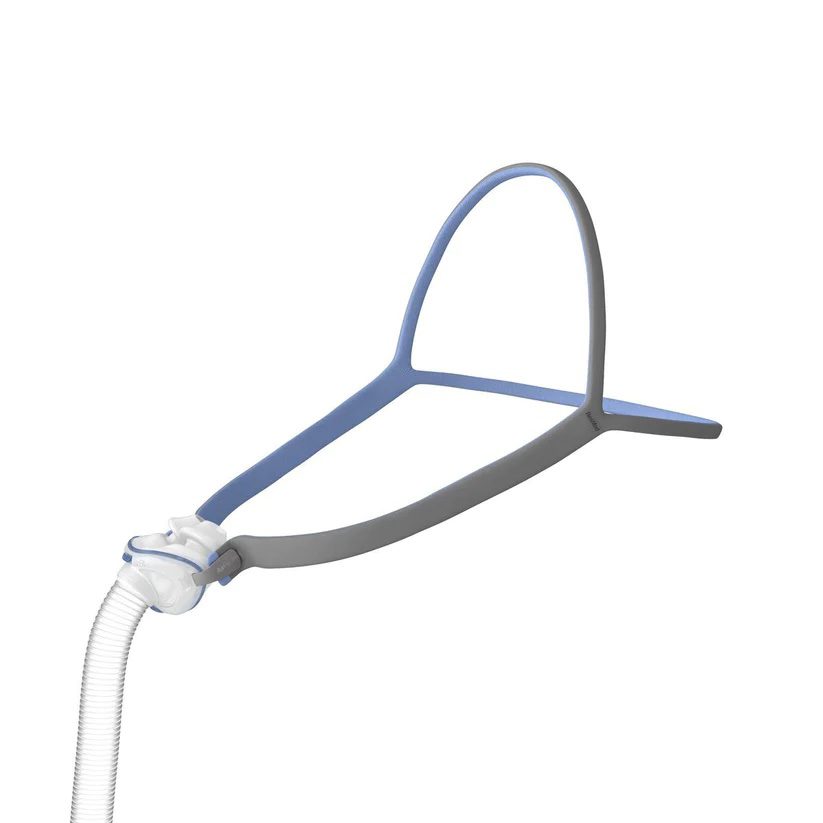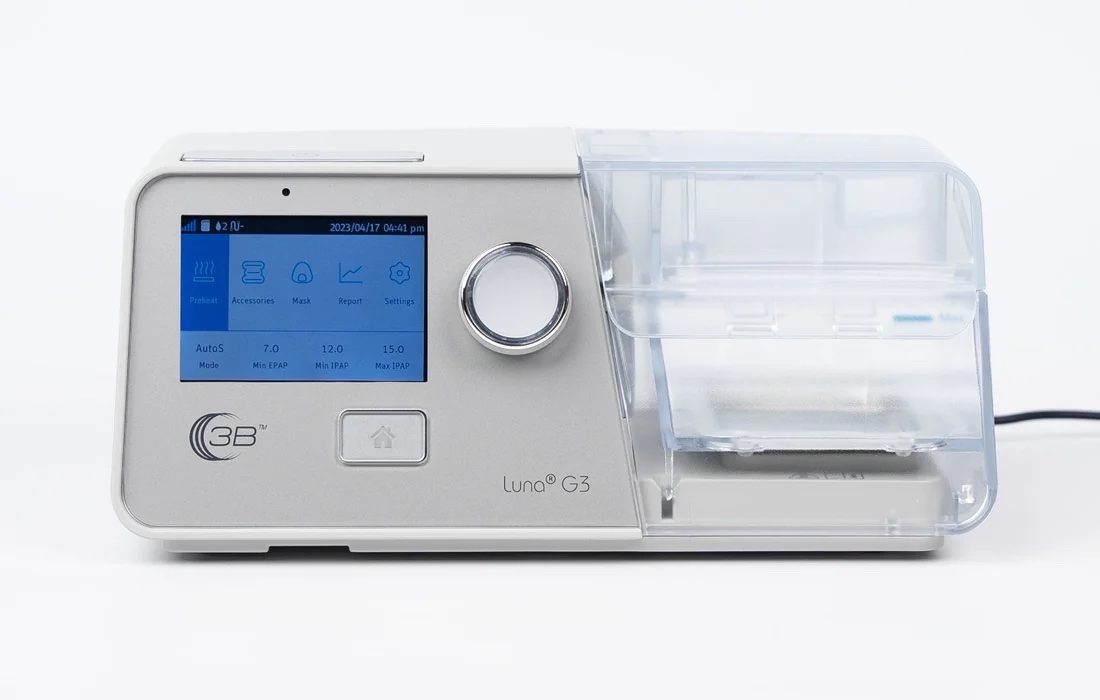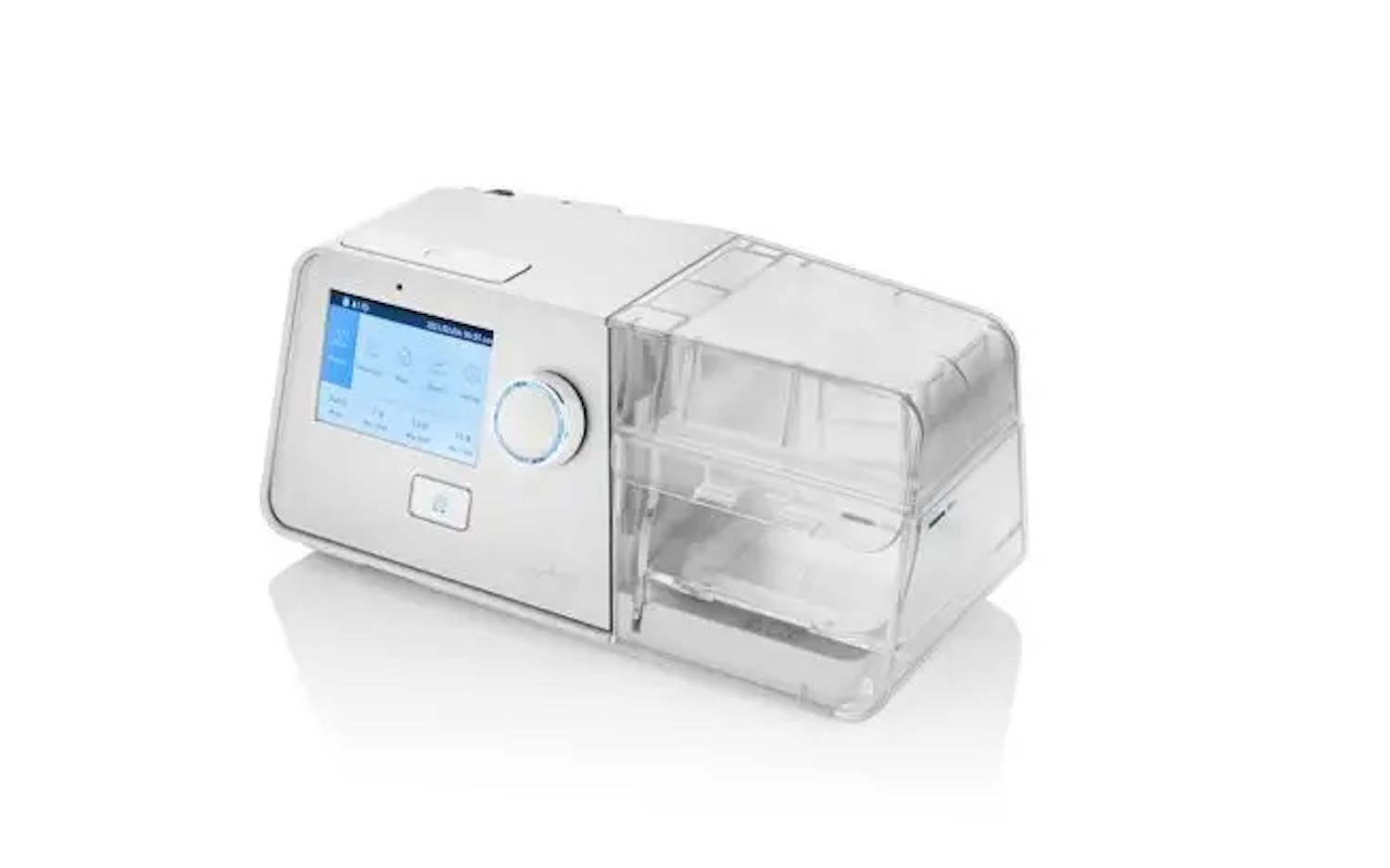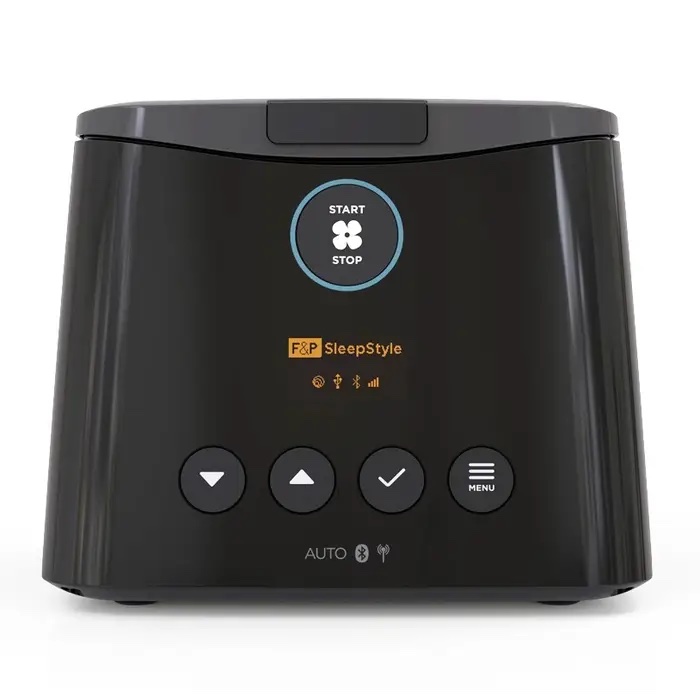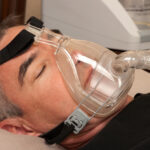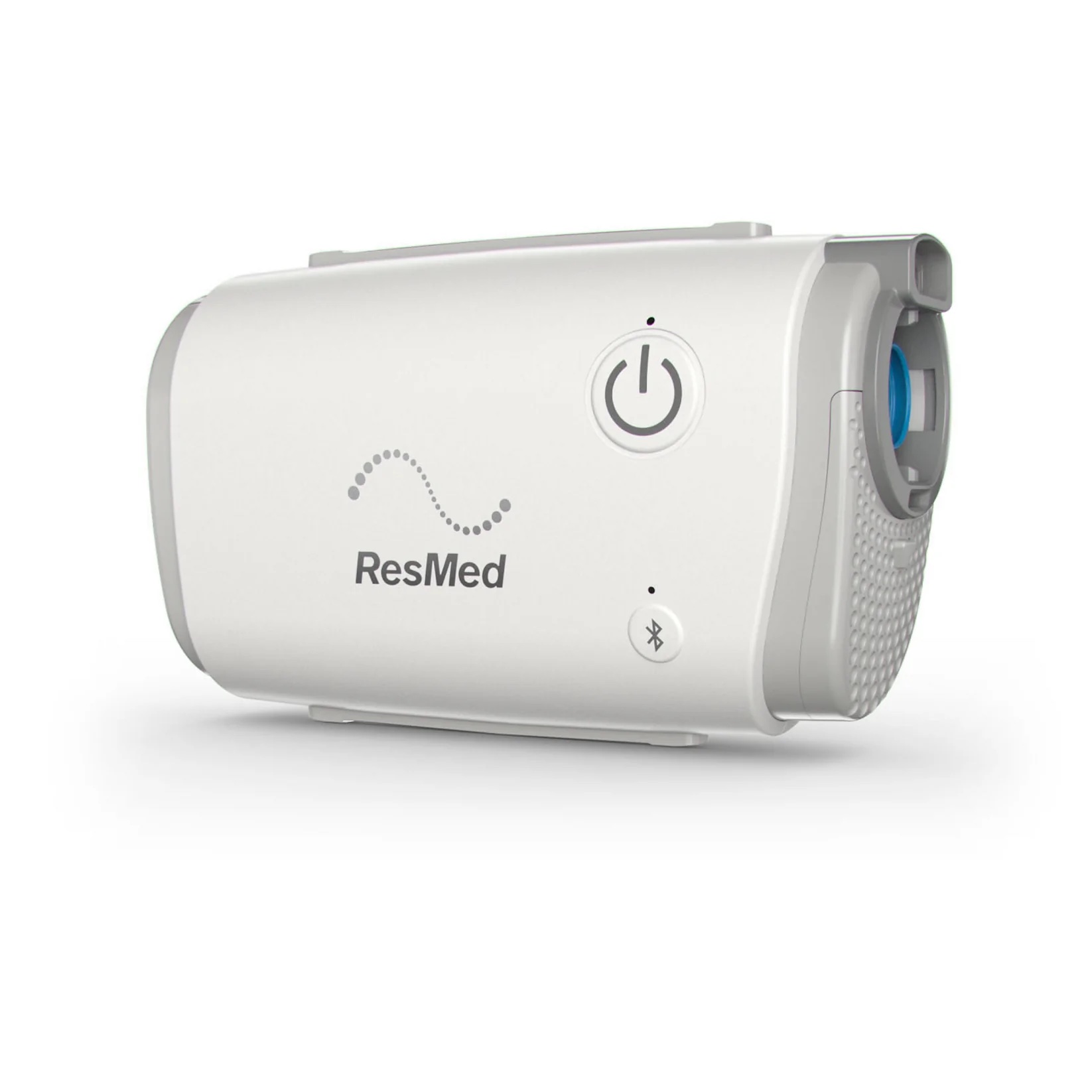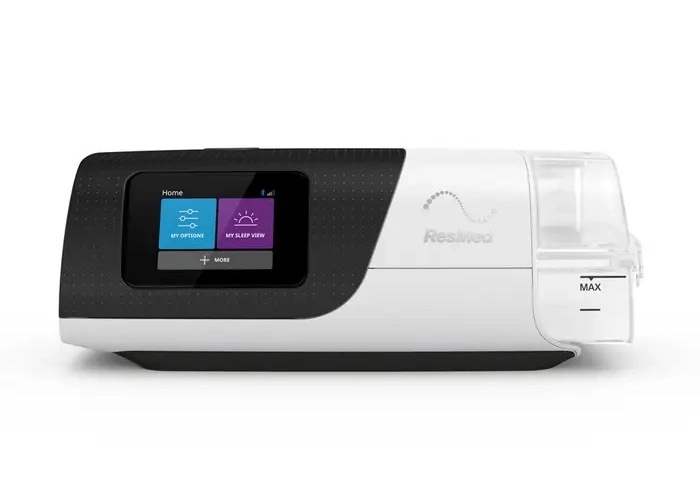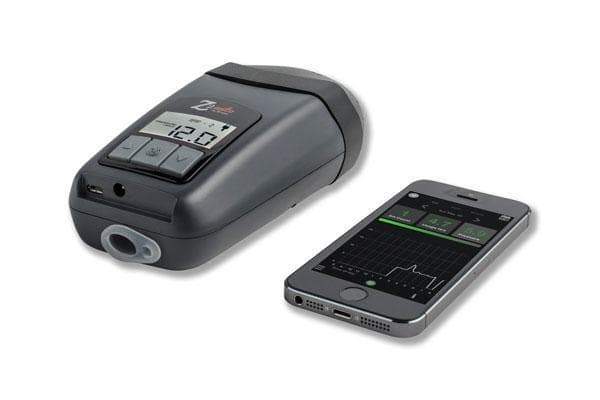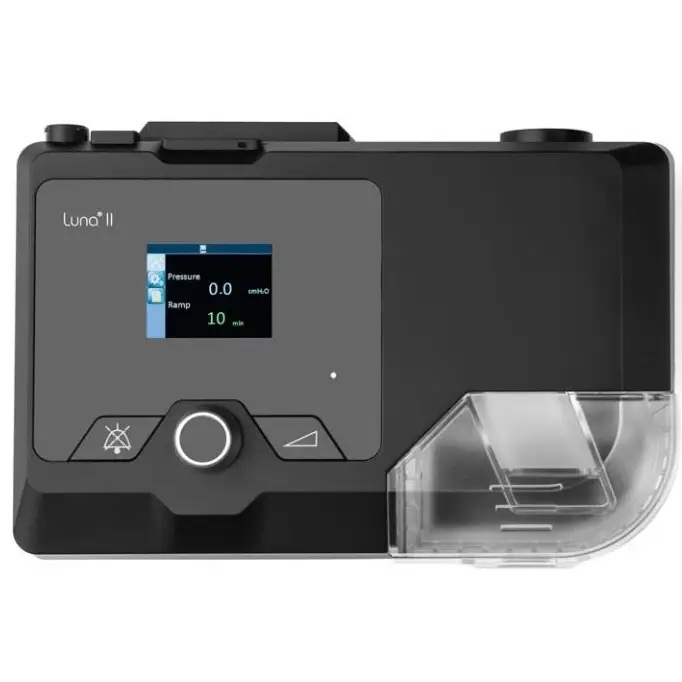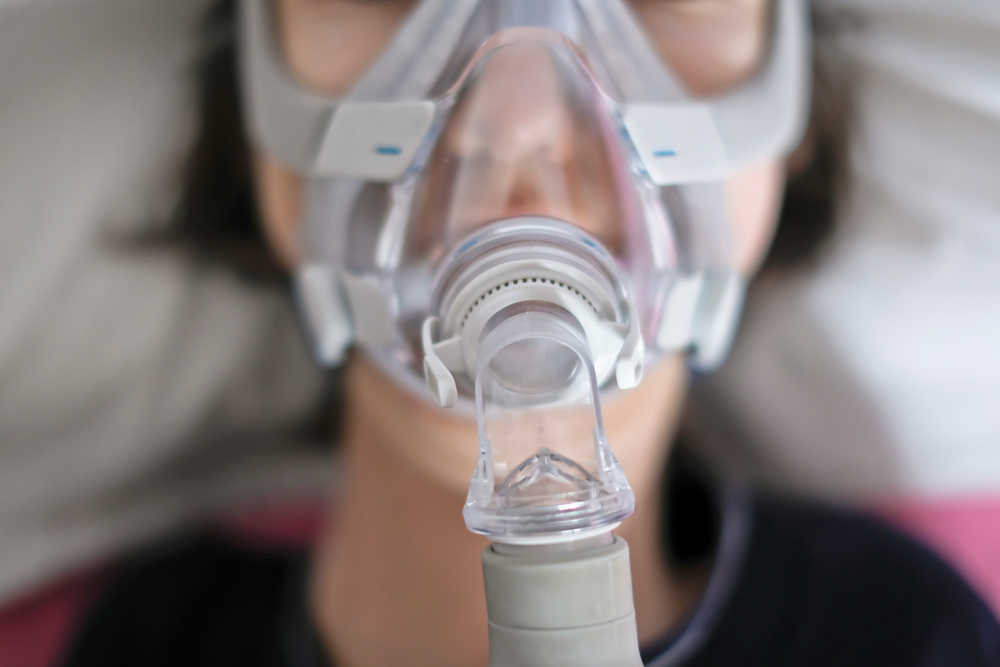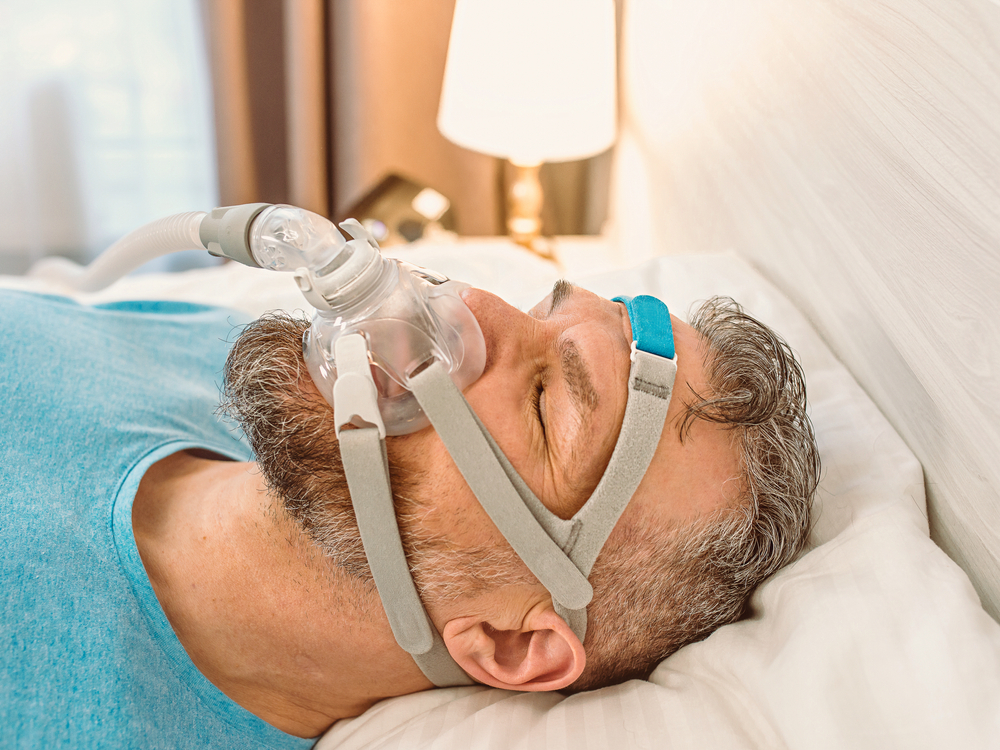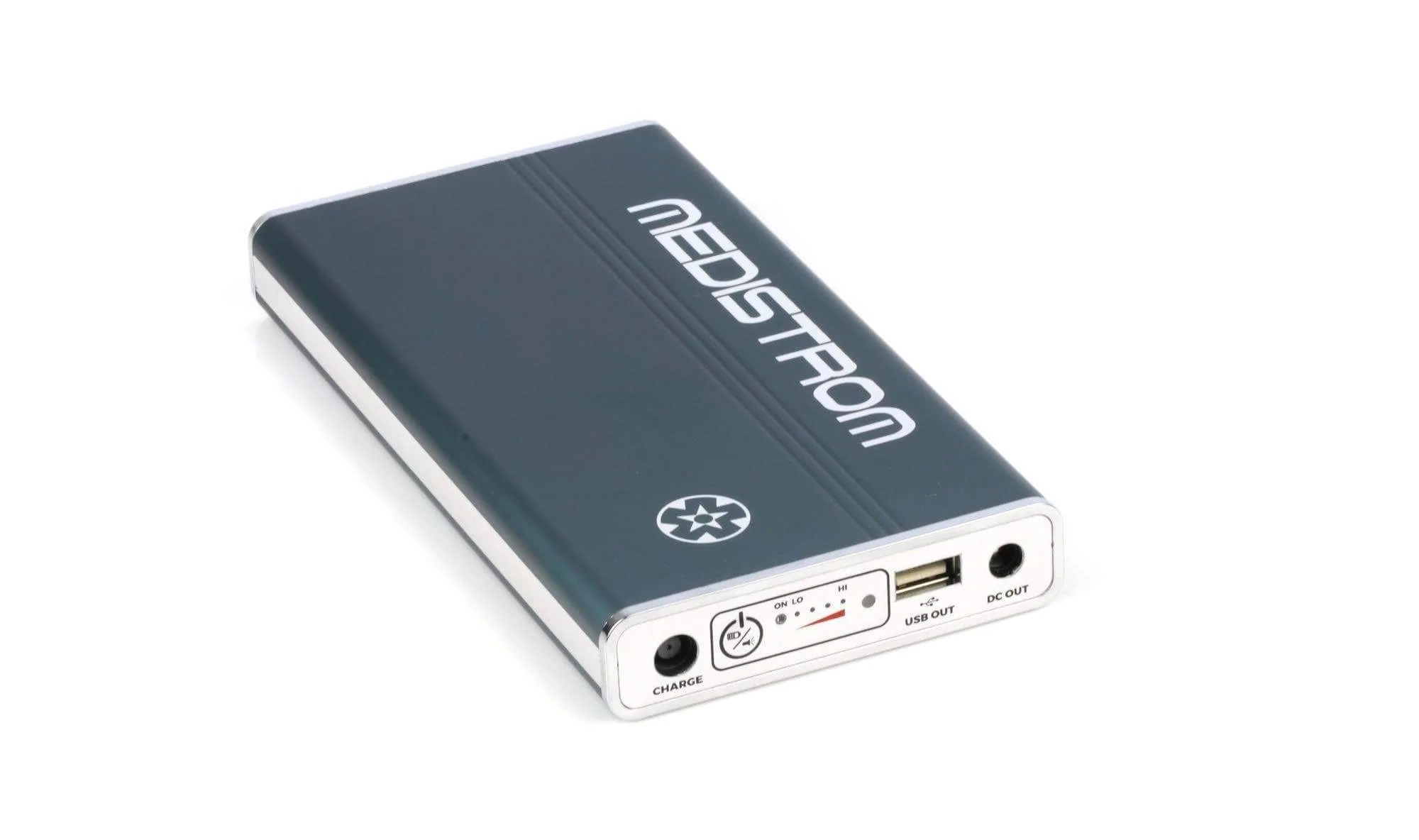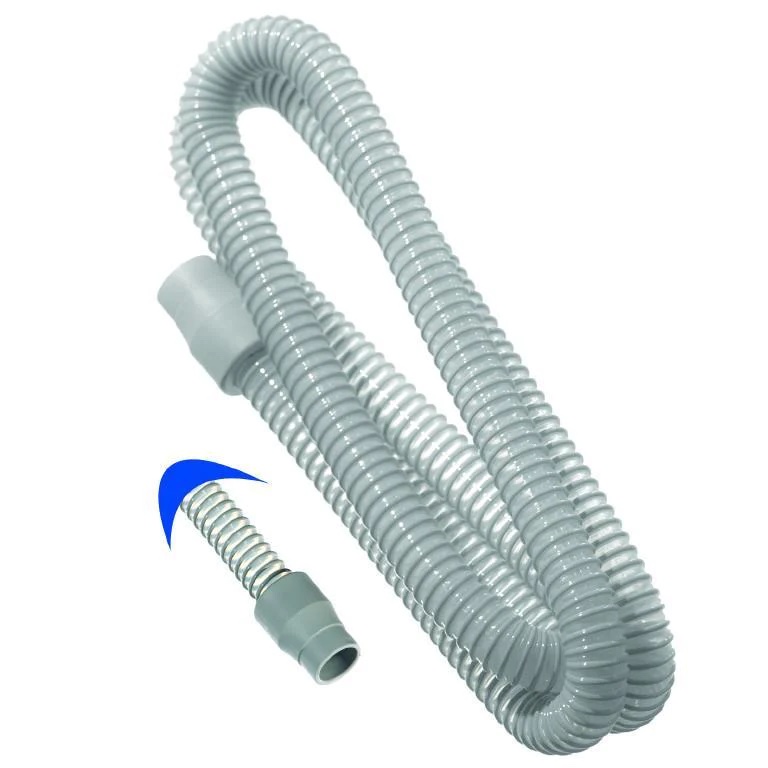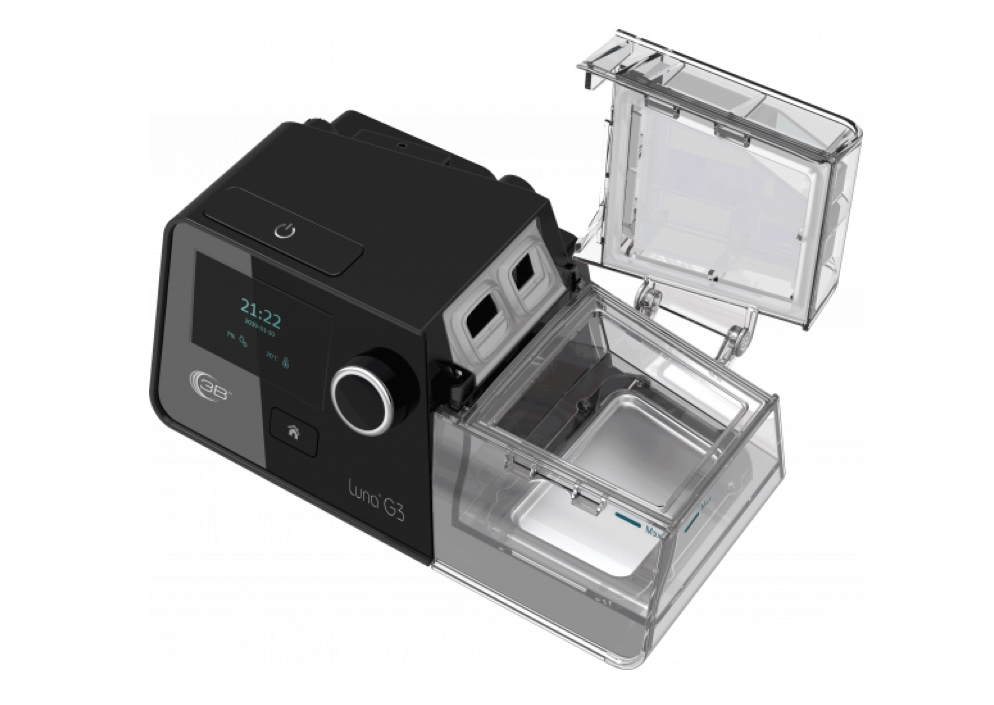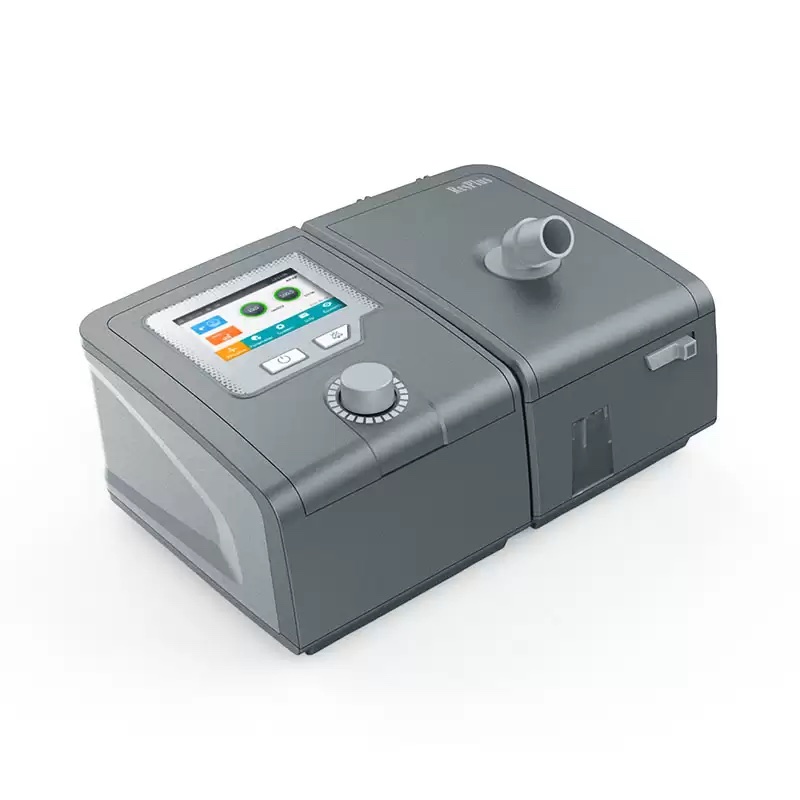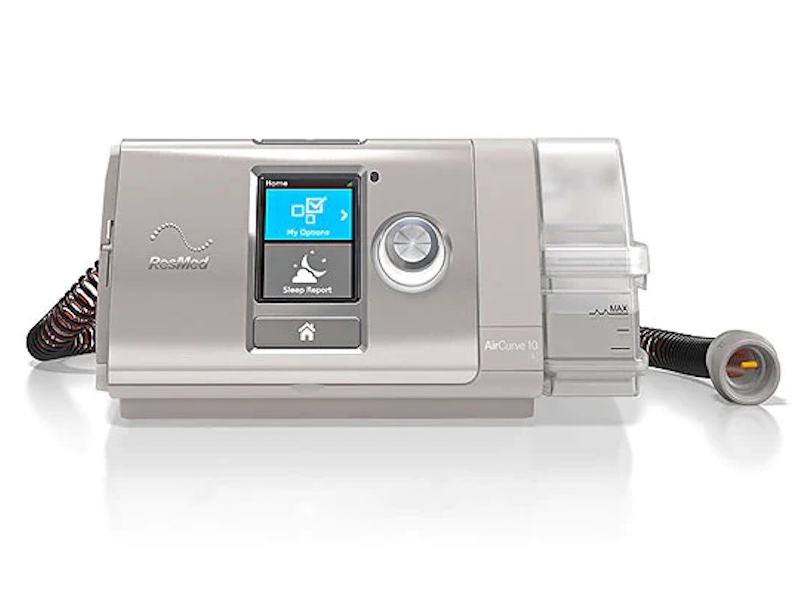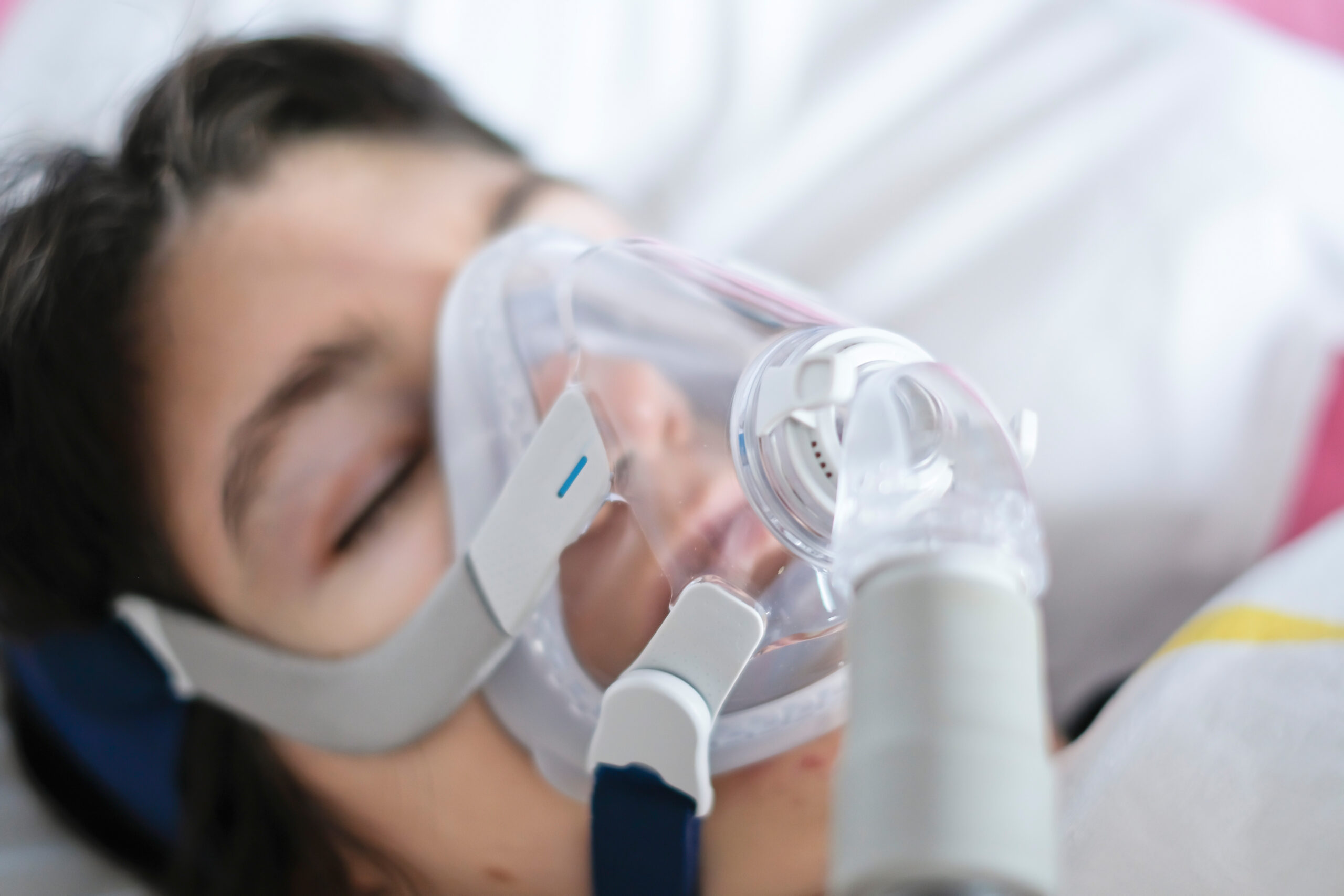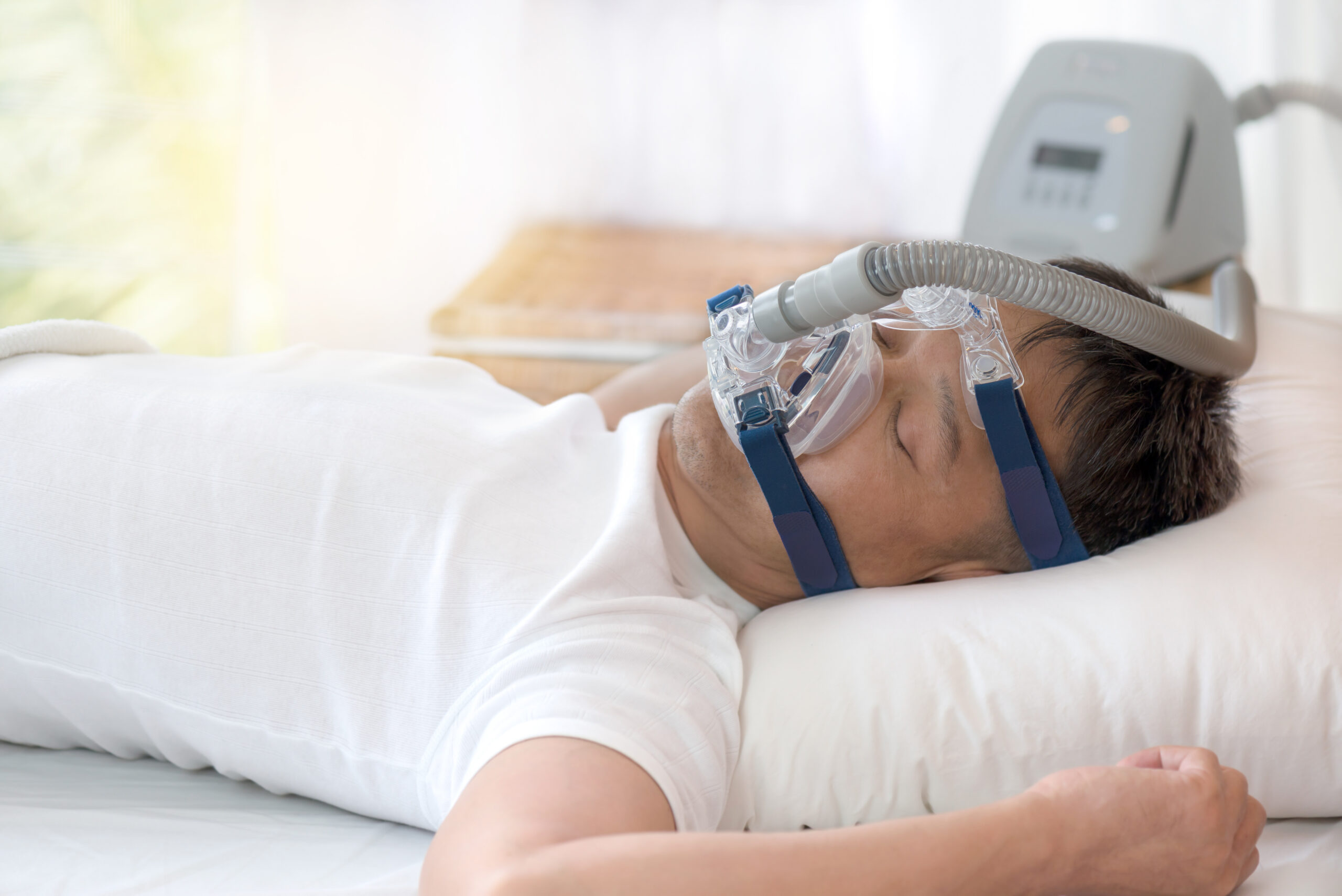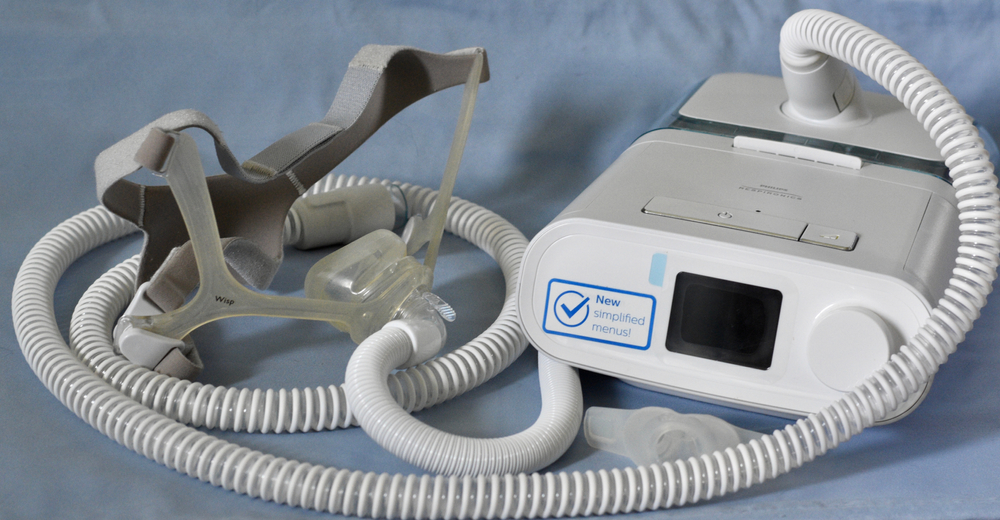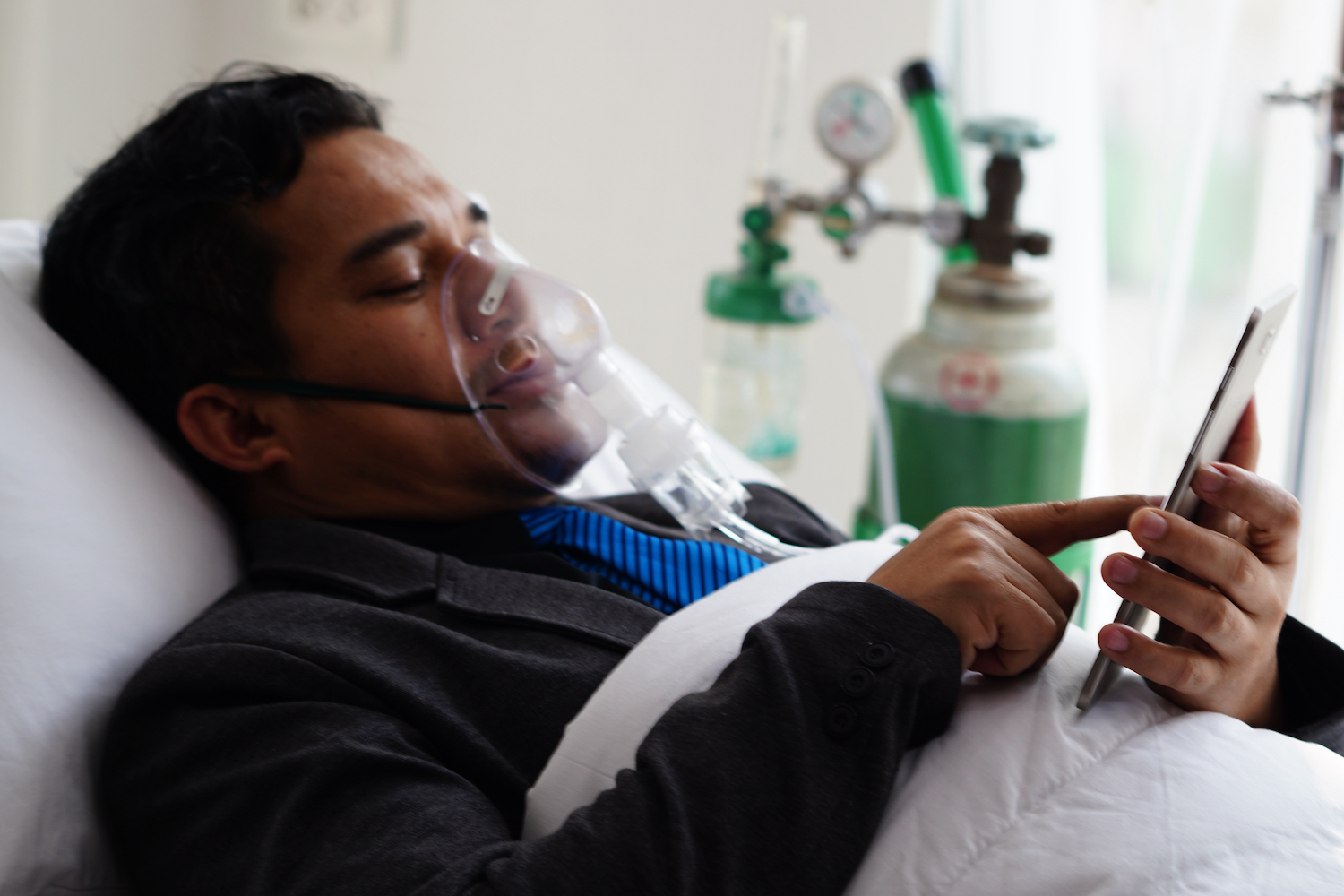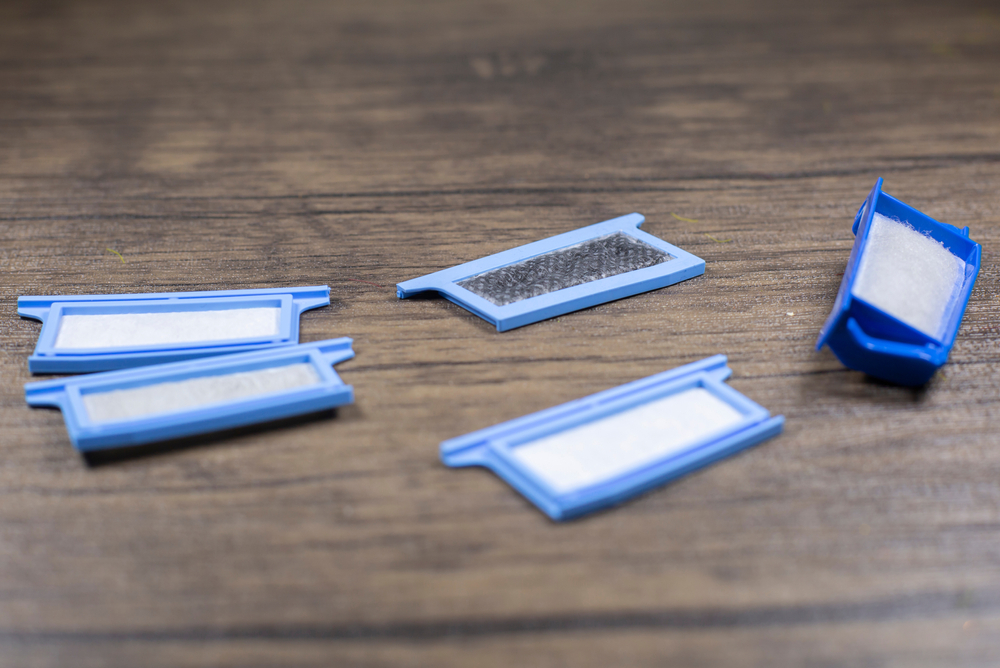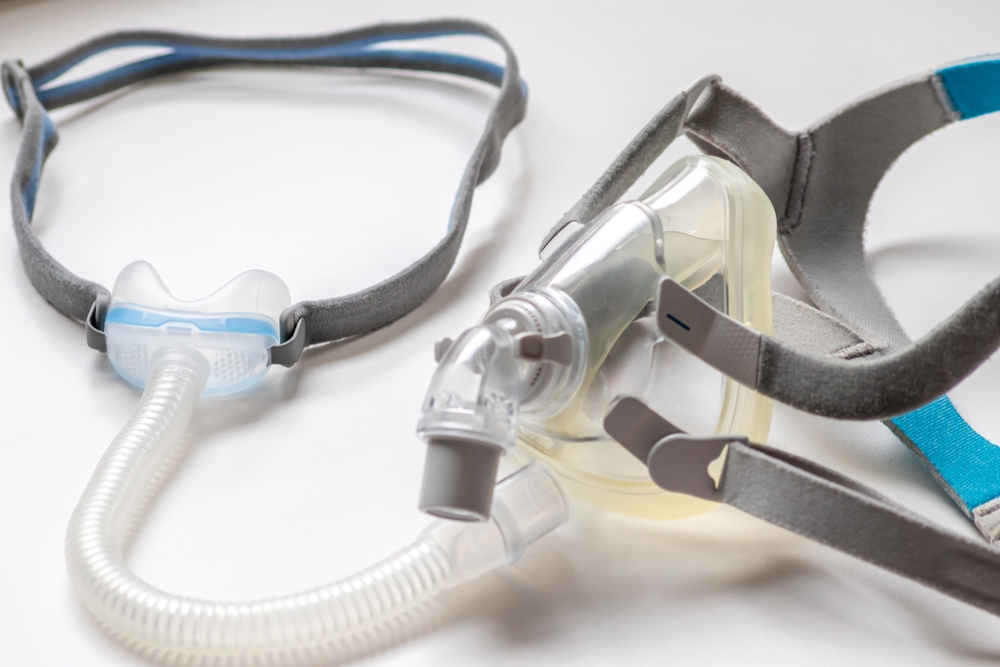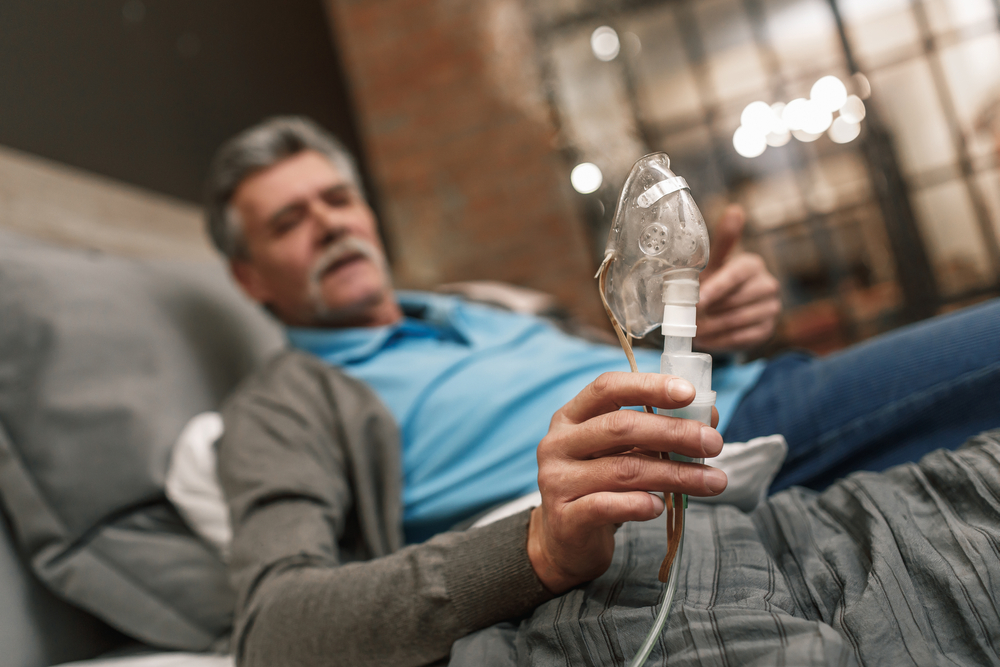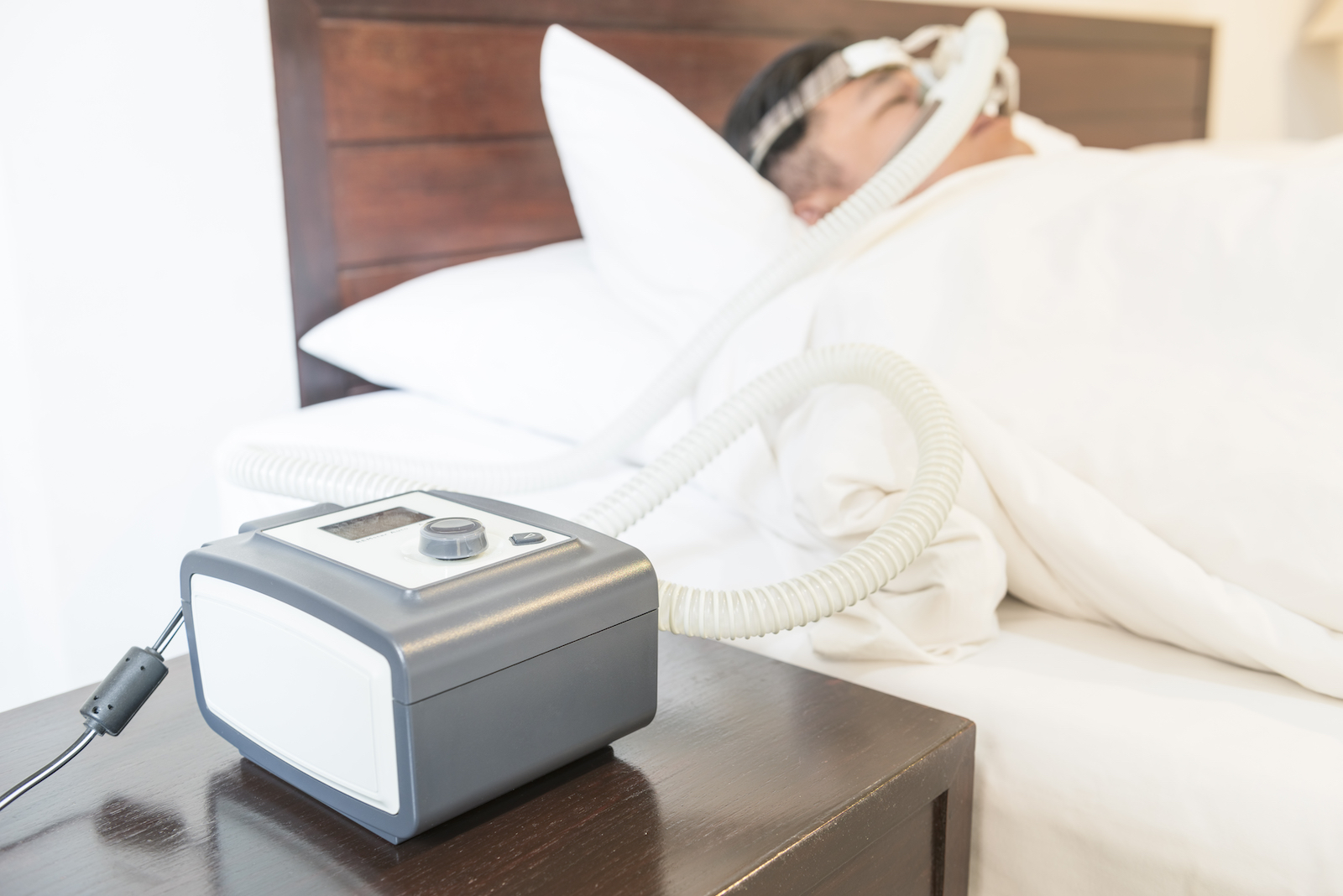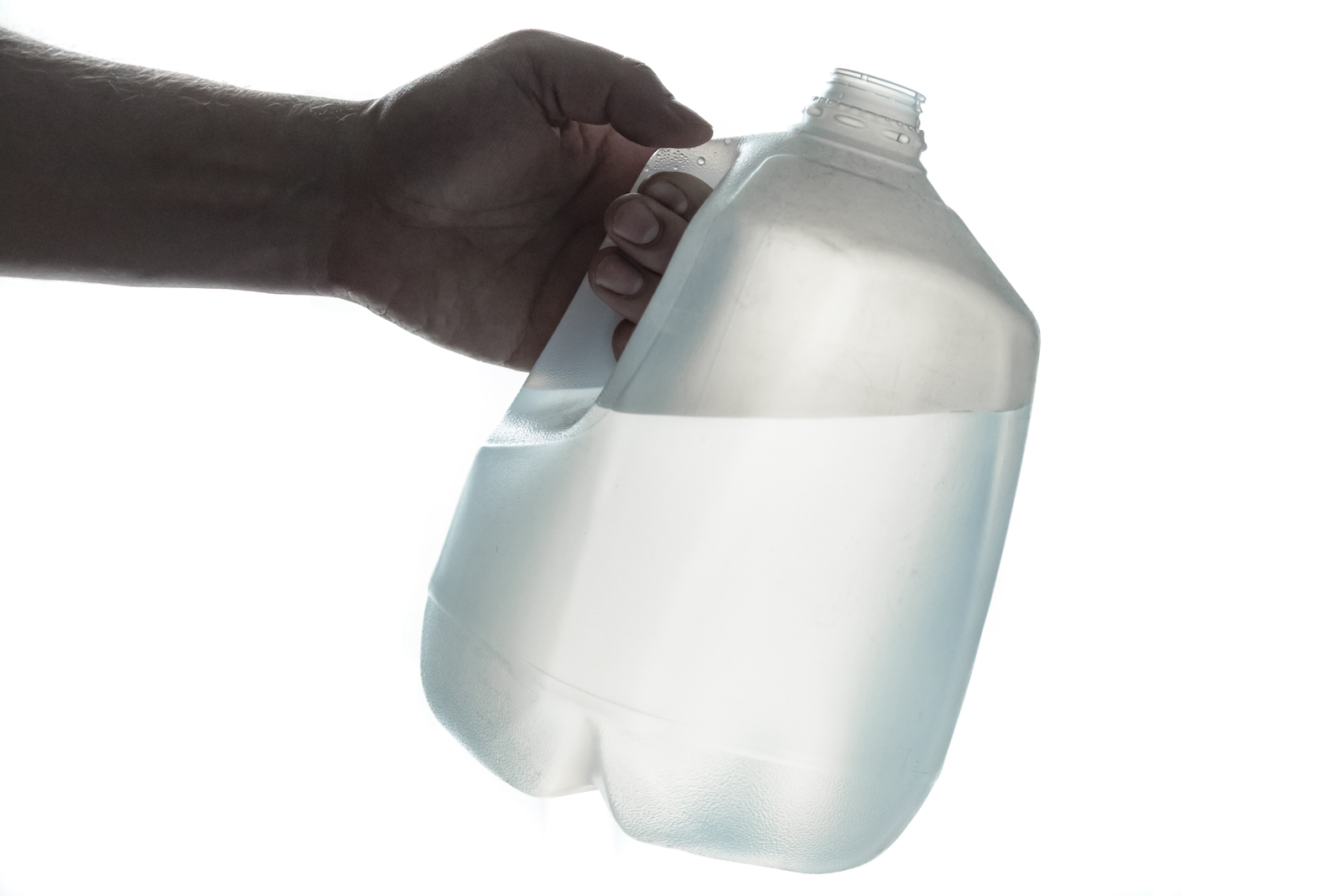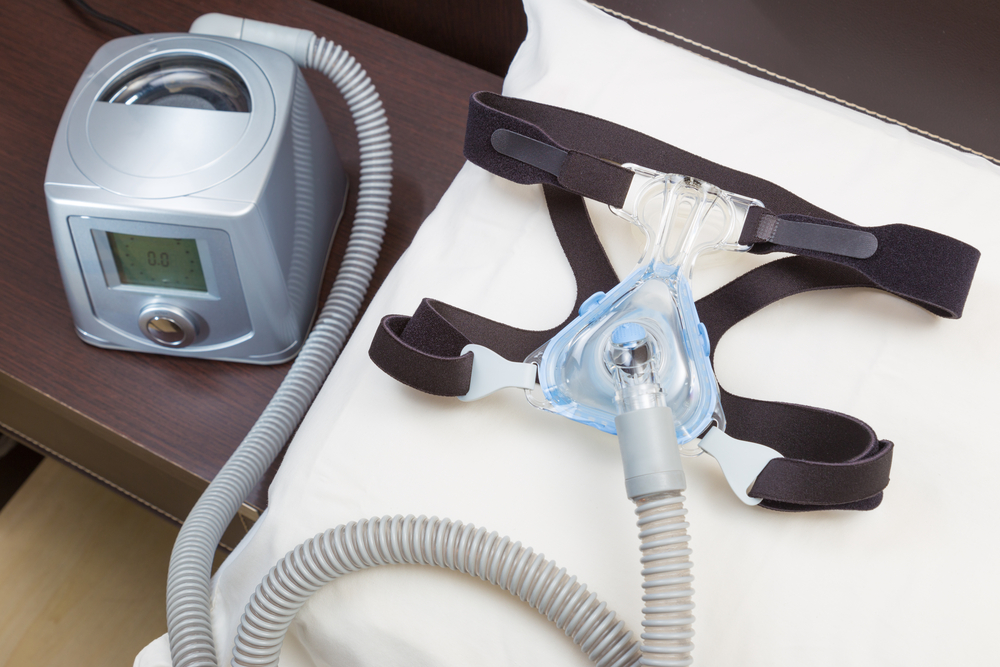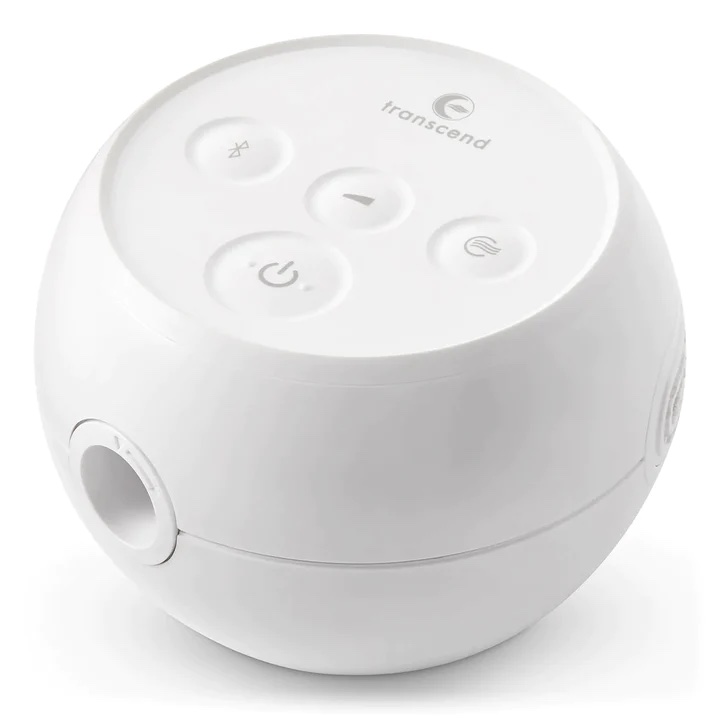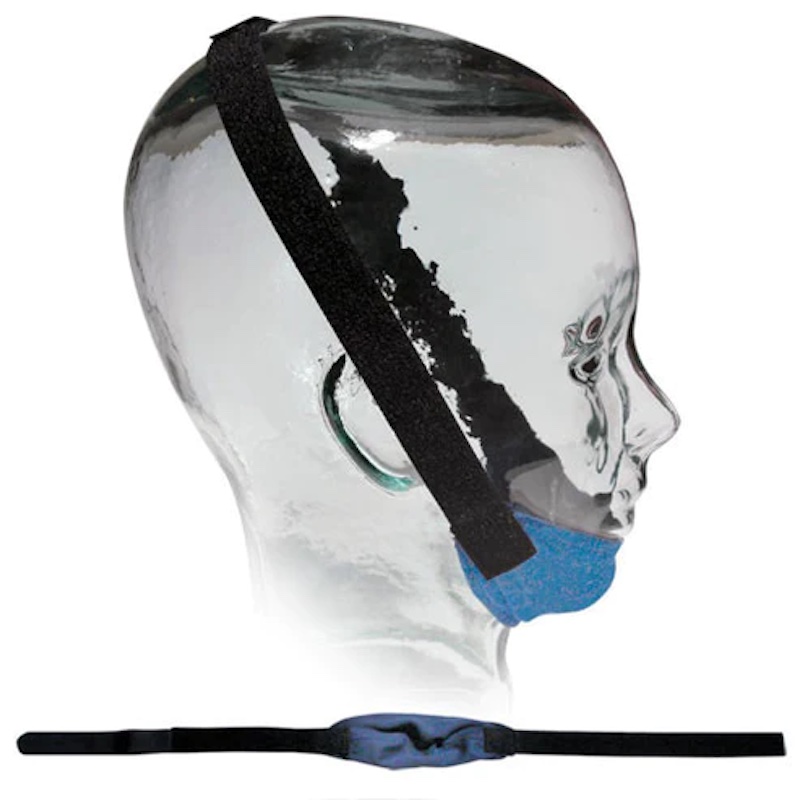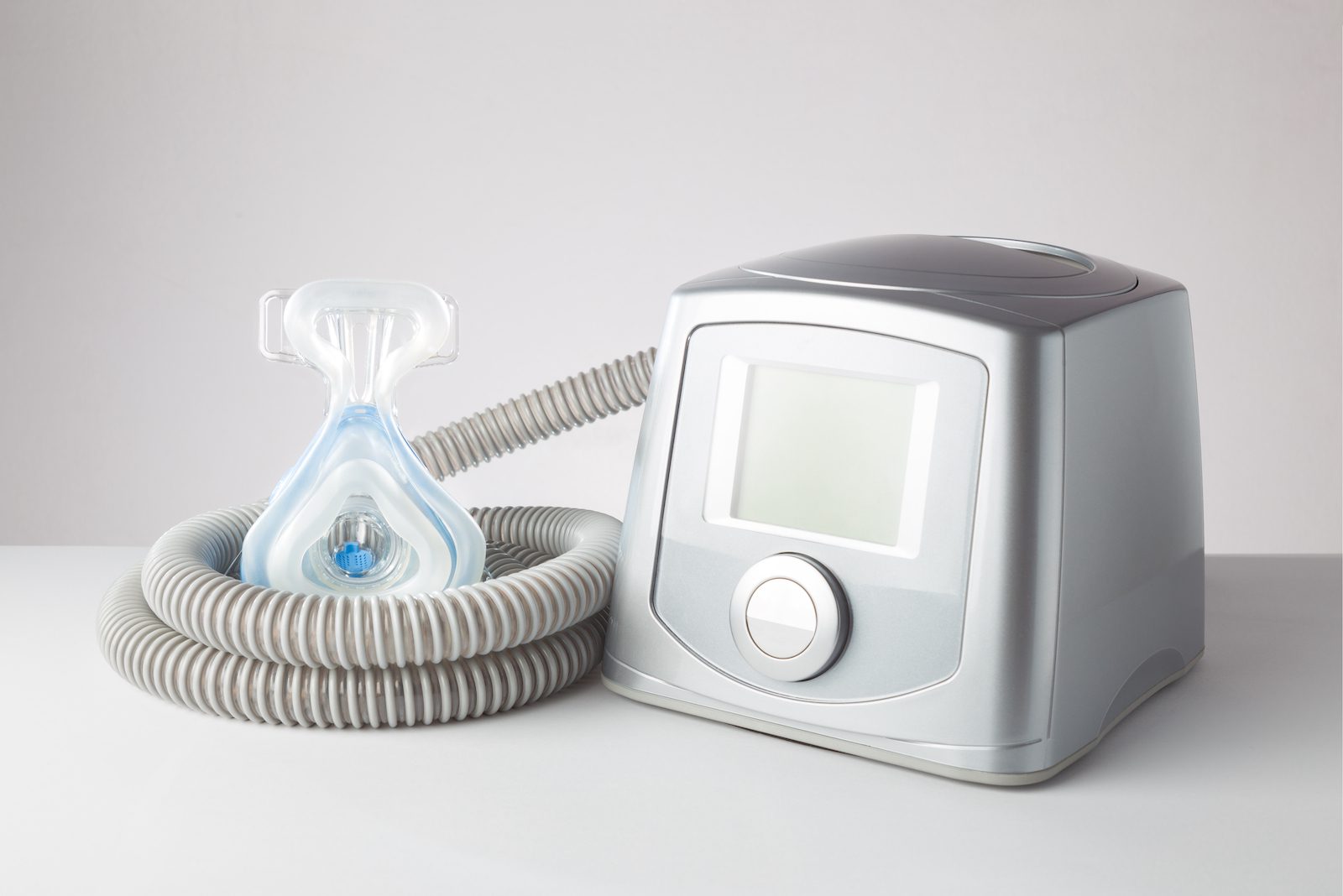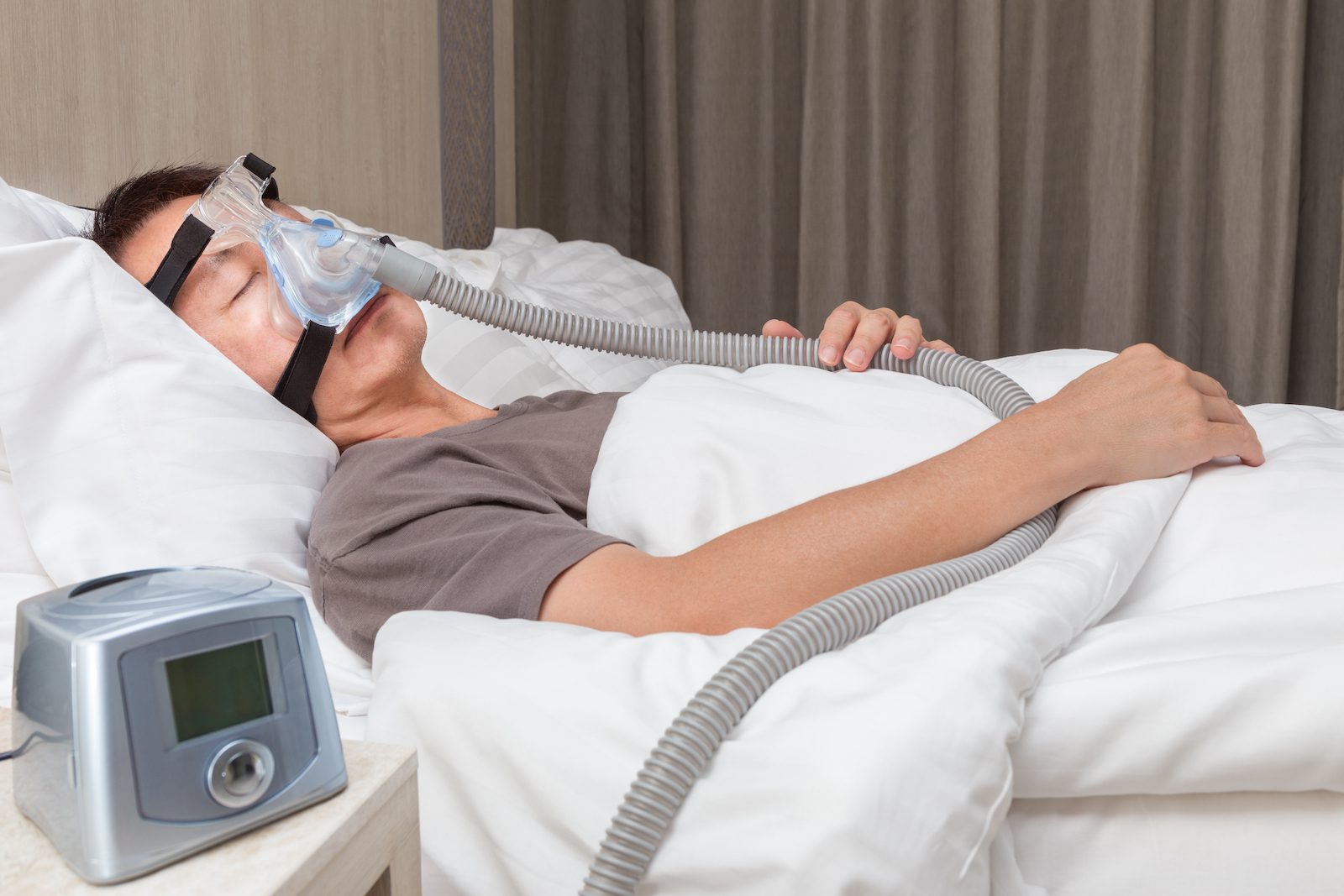Using a continuous positive airway pressure (CPAP) machine can be life-changing for people with obstructive sleep apnea (OSA), but it’s not always smooth sailing. From leaky masks and dry mouth to uncomfortable pressure settings, common issues and side effects can make it hard to stick with therapy.
The good news? Most CPAP problems have simple fixes. This guide walks you through how to identify and solve the most frequent obstacles, so you can get the sleep you need without the frustration.
Common CPAP Machine Problems
CPAP therapy can come with a learning curve, but many common issues are easy to troubleshoot with a few simple adjustments. If problems persist, your doctor can help fine-tune your setup and ensure your treatment is working effectively.
Dry Mouth
The Problem: Pressurized airflow can dry out the inside of your mouth when you’re sleeping. If you're using a nasal mask or nasal pillow, oral dryness may be tied to breathing through your mouth, which allows pressurized air to leak out.
How to Fix It: Heated humidifiers are typically integrated into CPAP machines to add moisture to the airflow and reduce dry mouth. Or if you sleep with your mouth open, ask your doctor about a chin strap to hold your mouth closed while you sleep.
Runny Nose or Congestion
The Problem: Pressurized air can dry out and irritate the nasal passages. This can lead to a runny nose or congestion, which can further interfere with breathing. Irritation and drying can also cause nosebleeds.
How to Fix It: Your doctor may suggest several steps to reduce nasal problems while using CPAP, including:
- Using the built-in heated humidifier
- Switching to a mask that covers both the nose and mouth
- Trying medications or other treatments for underlying causes of congestion
- Rinsing out your nasal passages with saline
- Following manufacturer instructions to clean your CPAP machine and keep it free of germs
Hard to Fall Asleep
The Problem: Many new CPAP users struggle to fall asleep with their machine on. The sensation of pressurized air, unfamiliar sounds, or the feeling of wearing a mask can be distracting at bedtime. This discomfort can lead to frustration or anxiety around sleep, making it even harder to drift off.
How to Fix It: Getting used to CPAP therapy takes time, but consistency helps. Start by wearing your mask during quiet moments while awake—such as reading or watching TV—to become more comfortable with the sensation. If discomfort is caused by the mask itself, work with your equipment provider to find a better fit or different style.
Improving your sleep habits can also make falling asleep easier. Avoid caffeine late in the day, keep a regular bedtime, and create a calming nighttime routine. Minimize noise and light in your bedroom, and consider relaxation techniques like deep breathing or mindfulness meditation to ease the transition into sleep.
Hard to Exhale
The Problem: Exhaling against a constant stream of pressurized air can feel unnatural or even uncomfortable, particularly for people new to CPAP therapy or those using higher pressure settings. This sensation may cause some users to feel like they’re struggling to breathe out, leading to restlessness or frustration at bedtime.
How to Fix It: Talk to your doctor or sleep specialist. They can review your device data and assess whether your pressure settings need to be adjusted. In many cases, they may recommend enabling a pressure relief feature, which reduces air pressure slightly when you exhale, making breathing feel more natural.
Some machines also offer a pressure ramp feature, which starts therapy at a lower pressure and gradually increases it as you fall asleep. This gentle buildup can ease the transition and reduce discomfort. In cases where CPAP remains uncomfortable despite adjustments, your doctor may suggest trying a bilevel (BiPAP) machine, which delivers separate pressures for inhaling and exhaling to better support your breathing needs.
Stomach Bloating
The Problem: If you accidentally swallow pressurized air while using your CPAP machine—a condition known as aerophagia—it can lead to uncomfortable symptoms like bloating, excessive burping, and flatulence.
How to Fix It: Approaches to reducing gassiness include:
- Wearing a chin strap to keep your mouth closed when using a nasal mask or pillow
- Taking medications to reduce bloating
- Sleeping on your left side
- Asking your doctor about switching to another type of PAP device
Too Loud
The Problem: Modern CPAP machines are designed to be quiet, but sometimes noise from the device—or its components—can become disruptive. This added noise can interfere with your sleep or bother your bed partner, making it harder to stick with therapy.
How to Fix It: If your CPAP machine seems unusually loud, start by checking the basics. Noise can come from a loosely fitted or leaky mask, a faulty mask valve, or a clogged air filter. Make sure all parts are clean, dry, and properly assembled. Swapping out old components or trying a different mask style may also help reduce unwanted sounds.
If the machine itself is loud, speak with your doctor or equipment provider. They can help determine whether a different model—particularly one designed for ultra-quiet performance—might better suit your needs. In the meantime, placing the machine on a soft surface or using a white noise machine can help muffle the sound.
Eye Irritation
The Problem: If you wake up with dry, irritated, or watery eyes, your CPAP mask may be leaking air toward your face. This usually happens when the mask doesn’t fit snugly, causing pressurized air to escape and blow into your eyes throughout the night.
How to Fix It: To stop air leaks, first check the mask fit. Adjust the headgear straps so the mask rests securely against your face—snug but not overly tight. Make sure the cushion isn’t worn out or misaligned, as this can affect the seal. If you continue to notice leaks, consider trying a different mask size or style, especially if your current mask is too large or the wrong shape for your face.
Chest Discomfort
The Problem: Some people experience mild chest discomfort when they first begin CPAP therapy. This can feel like pressure or tightness in the chest muscles and may be caused by breathing against pressurized air, especially if your prescribed pressure is on the higher side. While it’s not usually a sign of anything serious, it can be unsettling—particularly for new users adjusting to therapy.
How to Fix It: In most cases, this discomfort fades over time as your body adapts to the feeling of breathing with assistance. However, if the sensation persists or worsens, it’s important to talk to your doctor. They can evaluate whether your pressure settings are too high and explore adjustments that still provide effective treatment.
If you have any preexisting heart or lung conditions, let your doctor know, as they may want to monitor you more closely or consider a different type of PAP therapy tailored to your needs.
Common CPAP Mask Issues
Ideally, a CPAP mask creates a tight seal with your face while remaining comfortable to wear throughout the night. Unfortunately, a number of CPAP side effects are linked to mask problems. To troubleshoot these issues, you can adjust how a mask fits or change the type of mask you use, the shape of the mask, the headgear or straps, or the cushions that fit inside the mask.
Mask Leaks Air
The Problem: A common issue with CPAP therapy is air leaking from the mask. This usually happens when the mask doesn’t form a proper seal against your face, allowing pressurized air to escape. Mask leaks can reduce the effectiveness of your therapy, cause noise that disrupts sleep, and even lead to dry eyes or facial irritation.
How to Fix It: Start by checking the fit. With your CPAP turned on, listen to how the airflow sounds without the mask on. Then, put on the mask and adjust the straps until the airflow quiets—this usually means you’ve created a proper seal. If you still hear or feel air escaping, try repositioning the mask or slightly tightening the straps (without over-tightening).
Persistent leaks or discomfort may mean the mask isn’t the right size or style for your face. If that’s the case, talk to your doctor or equipment provider. There are many types of masks—nasal mask, full-face mask, nasal pillows—and getting the right fit can make a big difference in both comfort and treatment success.
Mask Doesn’t Fit
The Problem: A ill-fitting mask can lead to a host of problems—air leaks, skin irritation, discomfort, and reduced therapy effectiveness. If your mask feels too tight, slips during the night, or just never quite feels “right,” the fit may be off.
How to Fix It: First, try adjusting the headgear or straps to see if you can achieve a more secure and comfortable fit. Make small changes while the CPAP is on so you can feel whether the seal improves. Keep in mind that the mask should be snug, but not so tight that it causes pain or leaves deep marks.
If you still can’t get a proper fit—or if the mask feels bulky, irritating, or just wrong for your face shape—it might be time to try a different style or size. Talk to your doctor or equipment provider about trying a different option that better suits your facial structure and sleep style.
Hurts or Irritates Your Face
The Problem: Discomfort or irritation from a CPAP mask is a common issue, especially when the mask presses too firmly against your skin or pulls on facial muscles. This can lead to red marks, skin soreness, or even facial pain, making it harder to stick with your therapy.
How to Fix It: Start by checking the mask’s fit. A secure seal is important, but overtightening the straps can cause unnecessary pressure and irritation. Loosen the straps just enough to relieve tension without allowing air to leak out.
If the discomfort continues, consider switching to a different cushion style—softer materials like gel or memory foam may reduce pressure points. You might also benefit from trying a more lightweight or low-profile mask. Lastly, swapping out the headgear for a different design may ease tension and reduce friction on your skin.
Claustrophobia
The Problem: Some people experience claustrophobia when starting CPAP therapy. Wearing a mask that covers part of the face—or the entire nose and mouth—can create a sensation of being trapped or confined, which may trigger anxiety or panic, especially during the night.
How to Fix It: Begin by wearing the mask for short periods during the day while doing a calming activity, like reading or watching TV. Gradually extend the time until you feel more comfortable wearing it to sleep.
If claustrophobia persists, talk to your doctor about switching to mask that covers less of your face, such as a nasal or nasal pillow mask. For ongoing anxiety, consider speaking with a mental health professional, who can help you develop coping strategies to manage claustrophobia and improve your comfort with therapy.
Mask Won’t Stay On
The Problem: A mask that slips off during the night can interrupt your therapy and reduce its effectiveness. This may happen if the mask is too loose, if you move around in your sleep, or if the mask doesn’t match your preferred sleep position.
How to Fix It: Start by adjusting the headgear straps to ensure a snug but comfortable fit—not so tight that it causes discomfort, but secure enough to keep the mask in place. Once fitted, test the mask while lying on your back, side, and stomach to ensure it stays put as you shift positions during the night. If your mask still won’t stay on, talk to your doctor or equipment provider about trying a different size or a mask designed specifically for active sleepers.
Mask Gets Dirty
The Problem: Over time, oils from your skin, sweat, and dust can build up on your CPAP mask, leading to discomfort, reduced seal quality, and even skin irritation. A dirty mask may also harbor bacteria or allergens that can affect your health.
How to Fix It: Clean your mask daily by gently wiping it down with a CPAP-safe wipe or mild soap and water. Once a week, take apart the mask and wash all components thoroughly, including the cushion and frame. The headgear should also be cleaned weekly according to the manufacturer’s instructions.
Be sure to avoid harsh chemicals or household cleaners that could damage the mask materials. Regularly inspect your mask for signs of wear, and replace components as recommended by your doctor or manufacturer to maintain effective and hygienic therapy.
Glasses, Hair, or Facial Hair
The Problem: Wearing glasses, having long hair, or sporting facial hair can make it difficult to get a comfortable fit or a proper seal with your CPAP mask. These factors can interfere with how the mask sits on your face or cause air leaks that reduce the effectiveness of your therapy.
How to Fix It: Finding the right mask may take some trial and error, especially if you wear glasses in bed, have a particular hairstyle, or maintain facial hair. Look for mask styles designed to accommodate these features, such as nasal pillow masks that sit below the nose or low-profile masks that don’t interfere with eyeglass frames. You may also benefit from adjustable or alternative headgear options that work better with your hair type or facial structure.
Other Common CPAP Problems
You may also need to troubleshoot other issues that can interfere with regularly using a CPAP device.
Tubing Has Condensation
The Problem: If you notice water collecting in your CPAP tubing or mask, you’re likely experiencing “rainout.” This happens when warm, humidified air cools as it travels through the tubing, causing condensation to build up.
How to Fix It: The most effective way to prevent rainout is to use heated tubing, which keeps the air warm and reduces condensation. If heated tubing isn’t available, try insulating the hose by wrapping it in a towel or using a specially designed hose cover. You can also adjust your room temperature or lower the humidity setting on your CPAP to help minimize moisture buildup.
Complicates Nighttime Bathroom Trips
The Problem: Getting up in the middle of the night to use the bathroom can be a hassle when you’re wearing a CPAP mask. Taking the mask off and putting it back on—especially in the dark or when you’re still groggy—can be frustrating or physically challenging.
How to Fix It: Instead of removing the entire mask, try simply disconnecting the mask from the tubing. This approach can save time and effort, particularly if you have limited hand mobility or conditions like arthritis. When you're back in bed, just reconnect the tubing and resume therapy without needing to readjust the mask.
Tangled Up in Bedding
The Problem: CPAP tubing can get caught, twisted, or pinned under your blankets and pillows while you sleep, especially if you change positions often. This can tug on your mask, disrupt airflow, or even wake you up during the night.
How to Fix It: Consider using CPAP hose management accessories, such as tubing clips or holders, to keep the hose elevated and secure. Some people also find that using a CPAP pillow with cutouts designed for the mask and tubing reduces tension and improves comfort. Keeping the tubing organized can help you sleep more freely and prevent therapy interruptions.
You're Still Snoring or Having Other Symptoms
The Problem: Even with regular CPAP use, you may still notice loud snoring, daytime fatigue, or other symptoms of sleep apnea. This can be frustrating and may indicate that your therapy isn’t as effective as it should be.
How to Fix It: Persistent symptoms could point to issues with your mask fit, pressure settings, or even the type of machine you're using. Schedule a follow-up with your doctor to review your therapy data and make any necessary adjustments. In some cases, switching to a different PAP mode or undergoing additional testing may help optimize your treatment.
Still have questions?
Sleep apnea products can be confusing. If you need individualized assistance, post your question to the Sleep Doctor forum.




